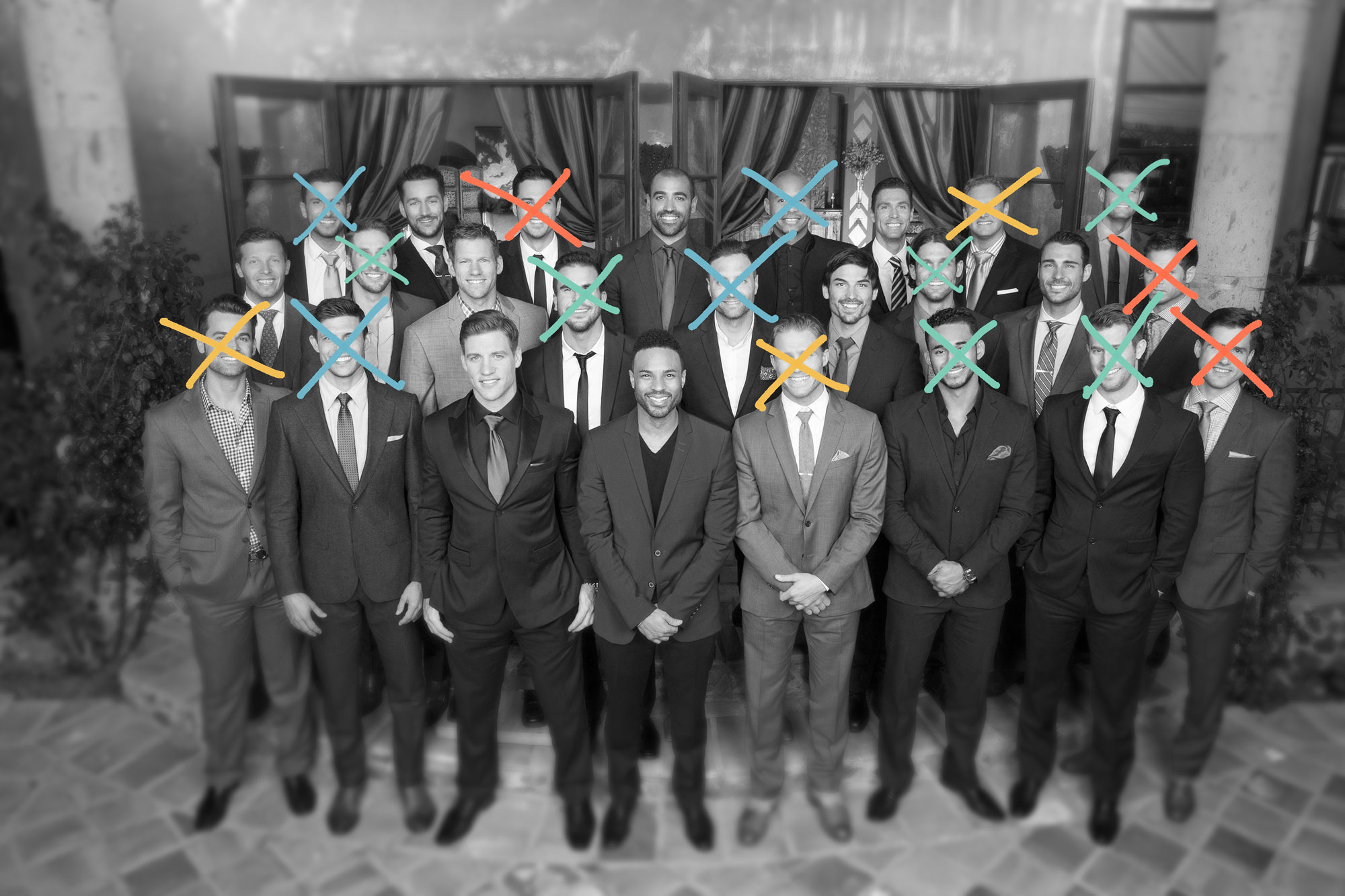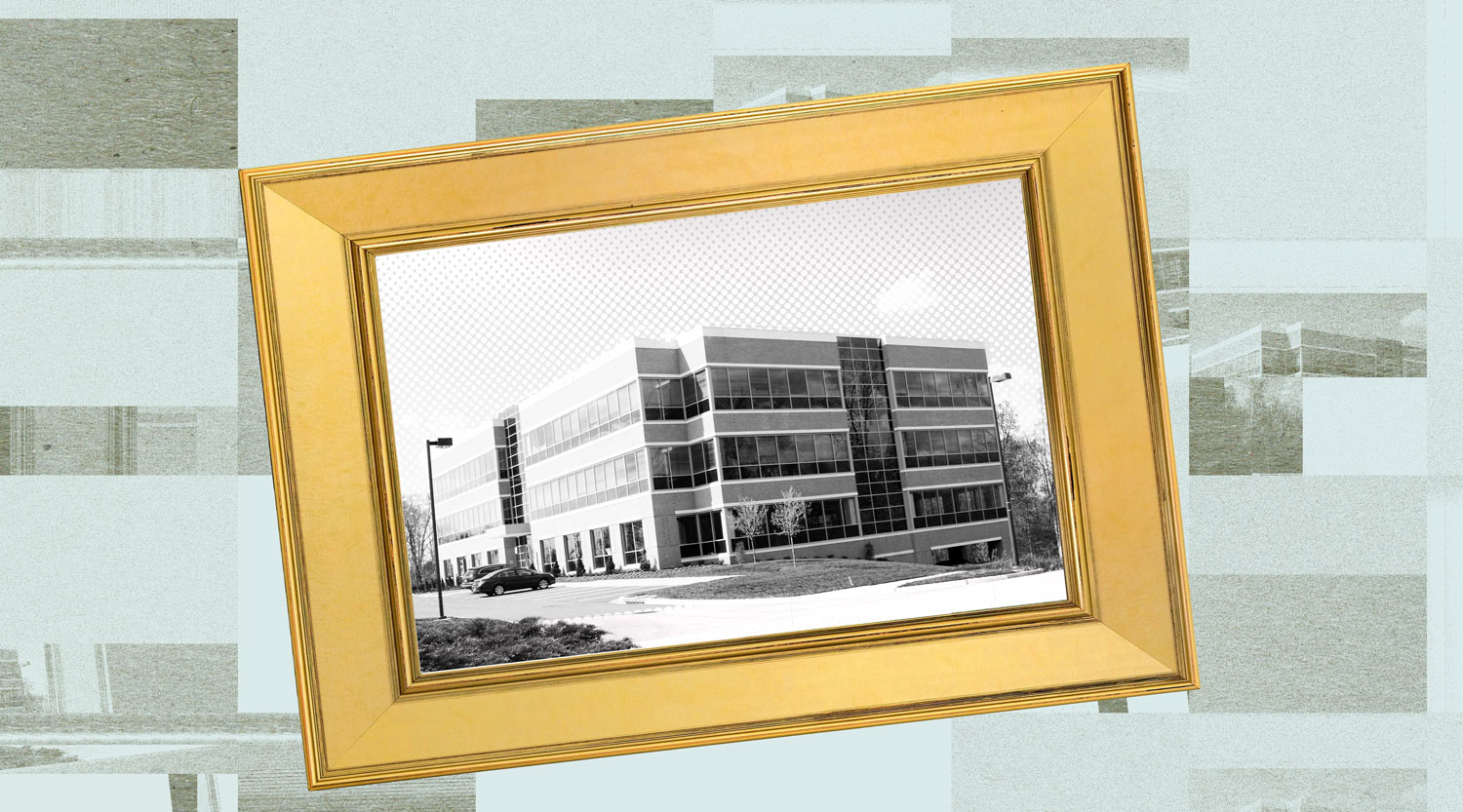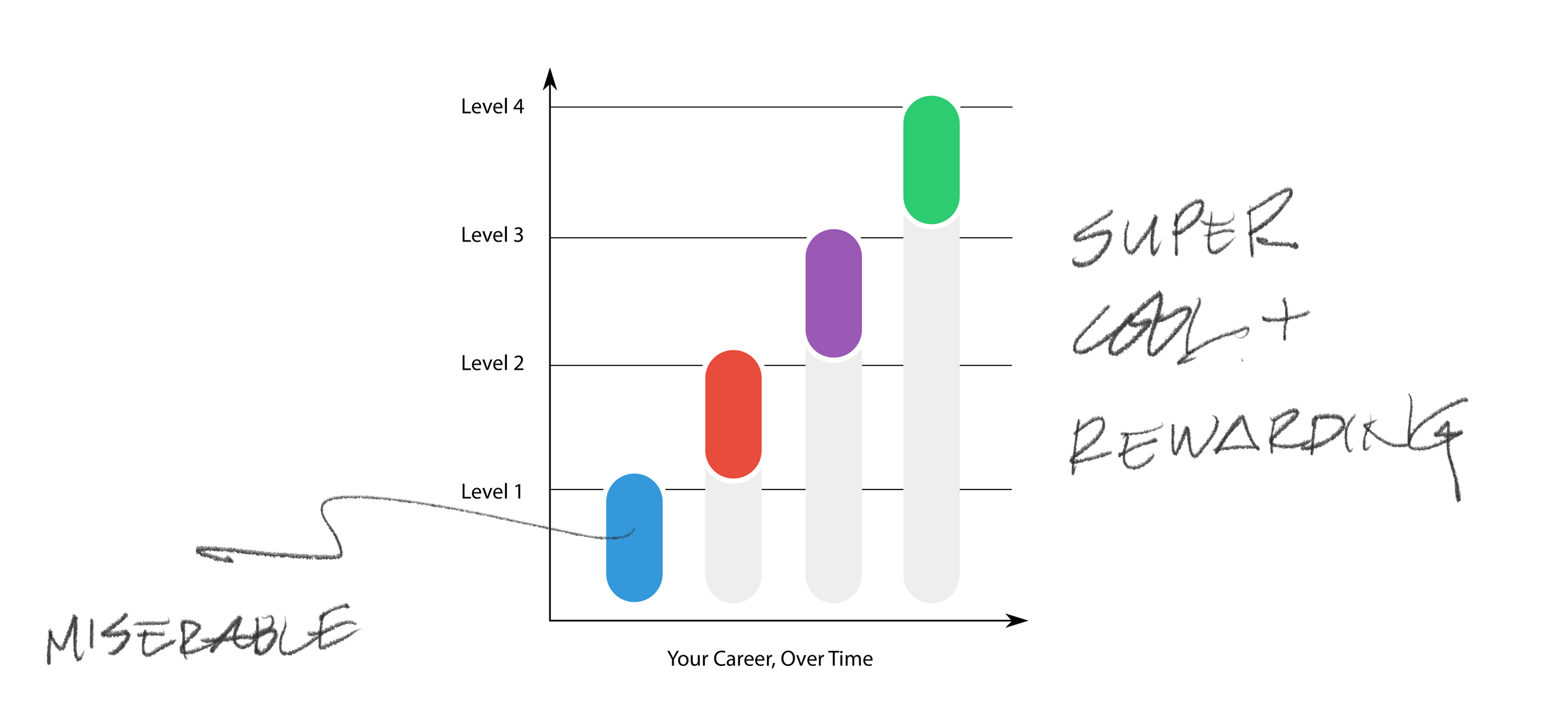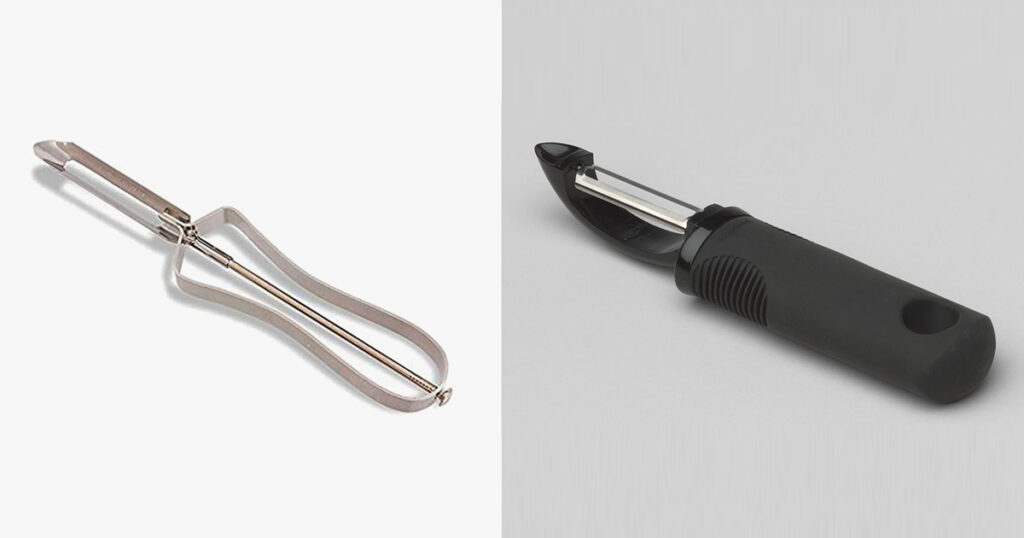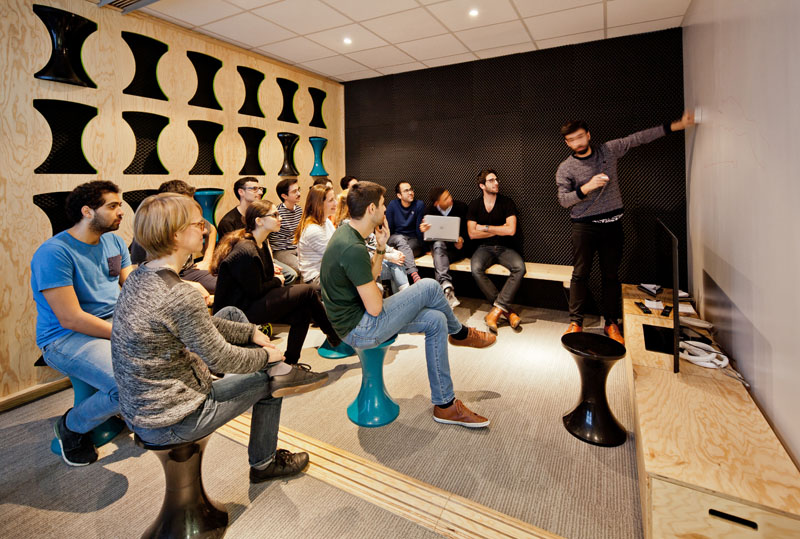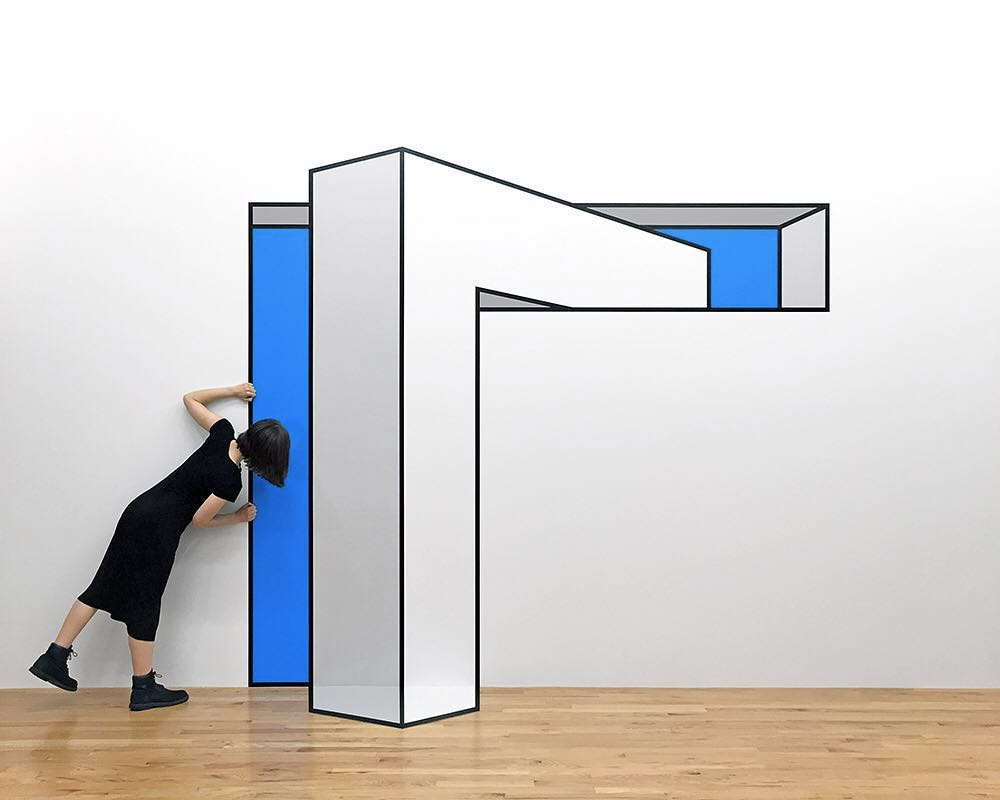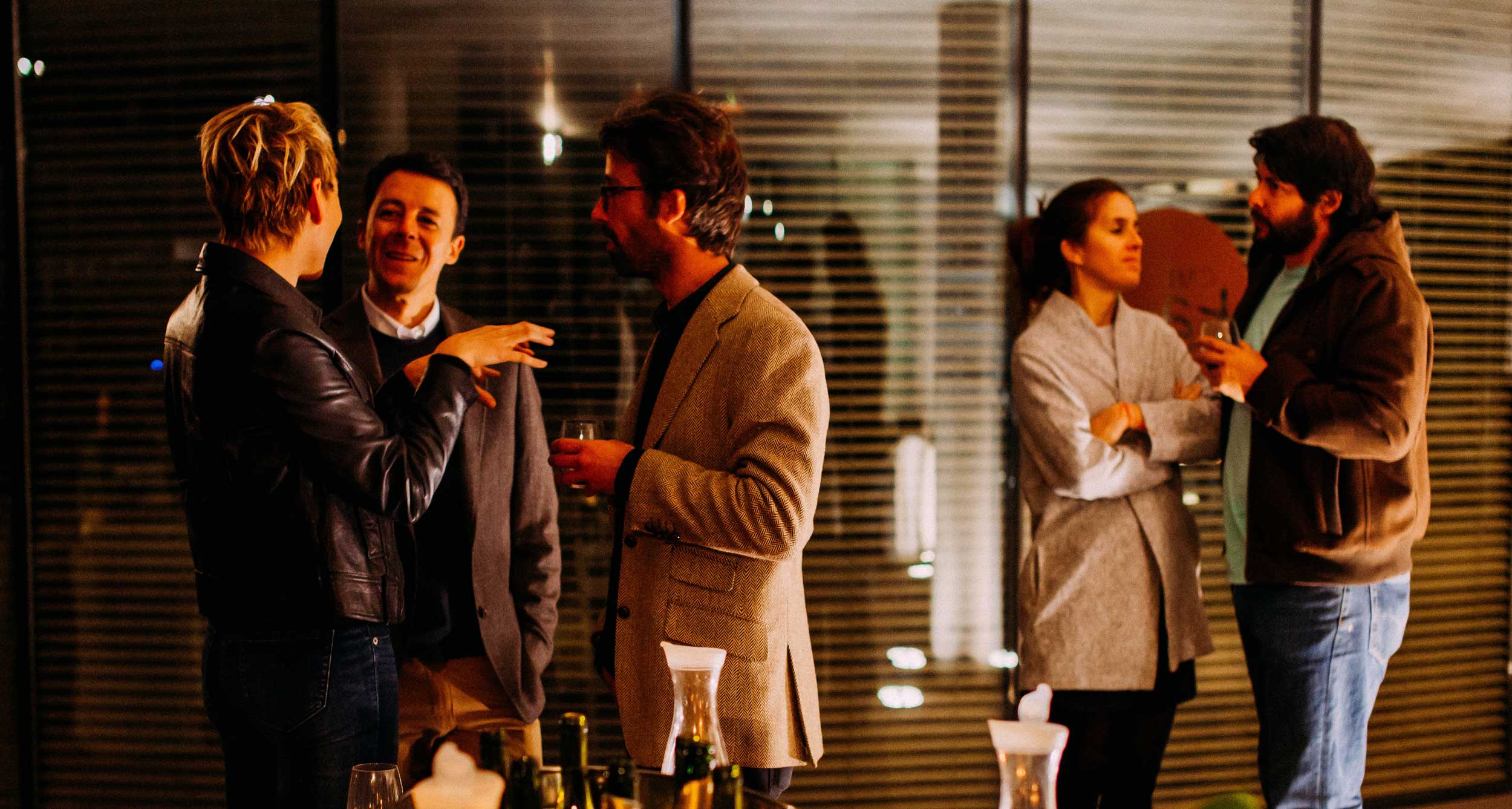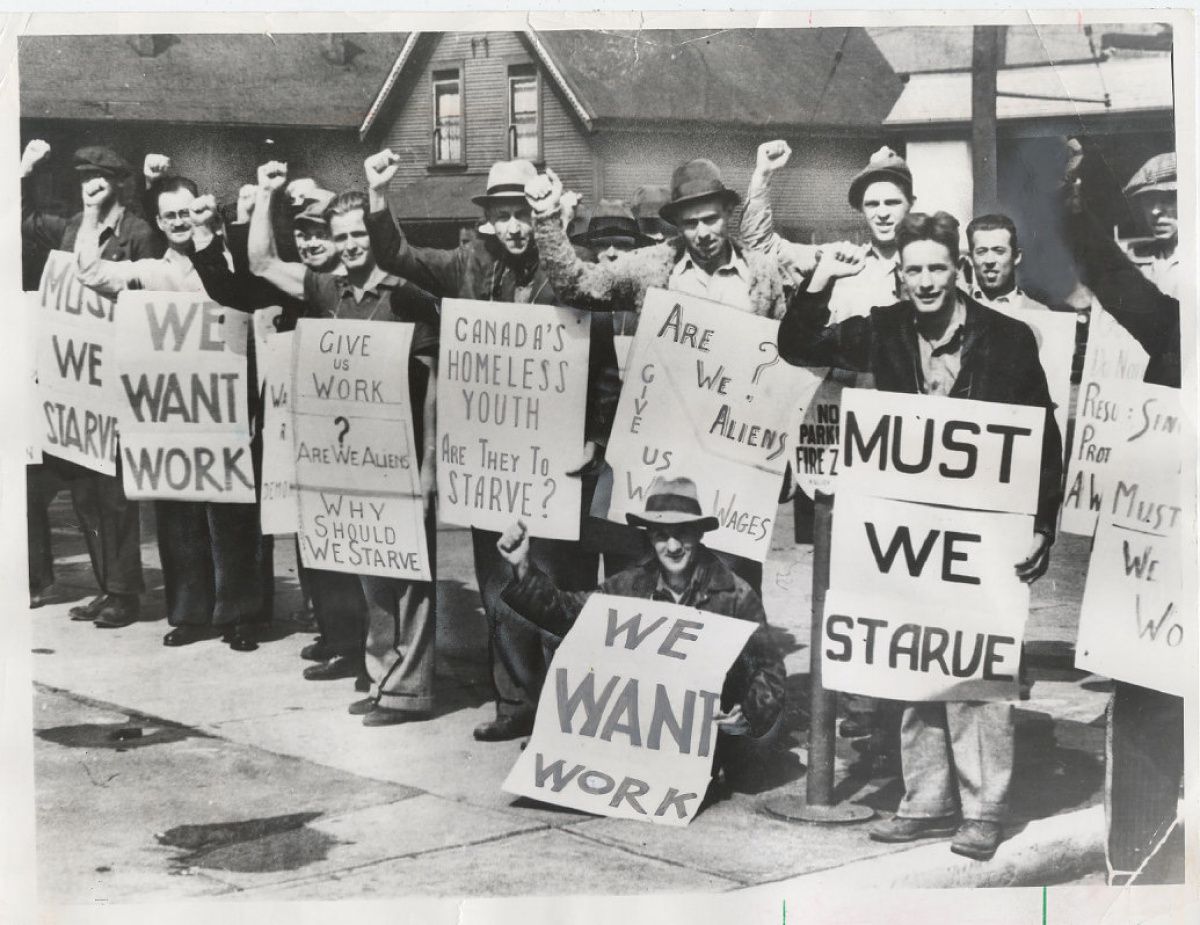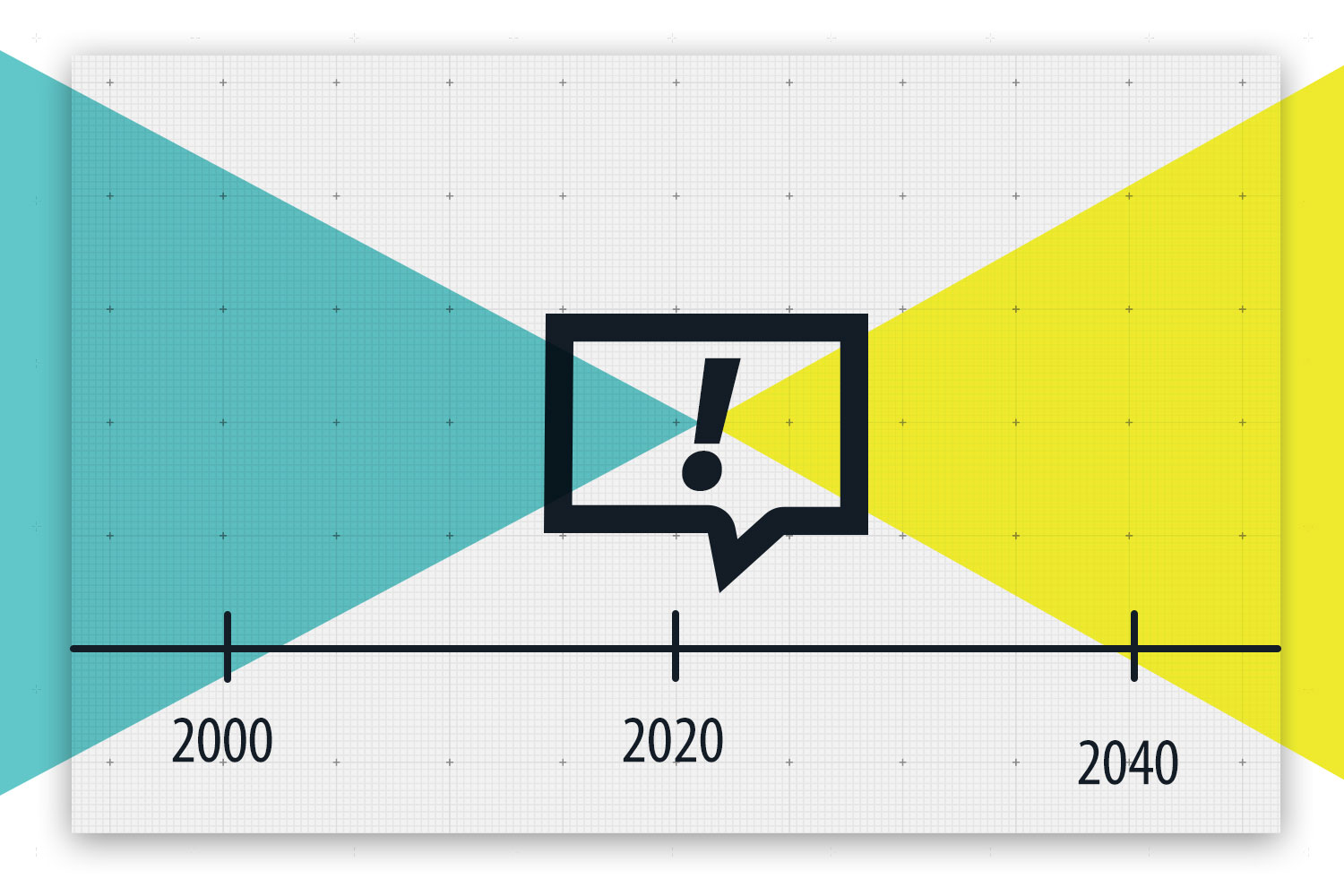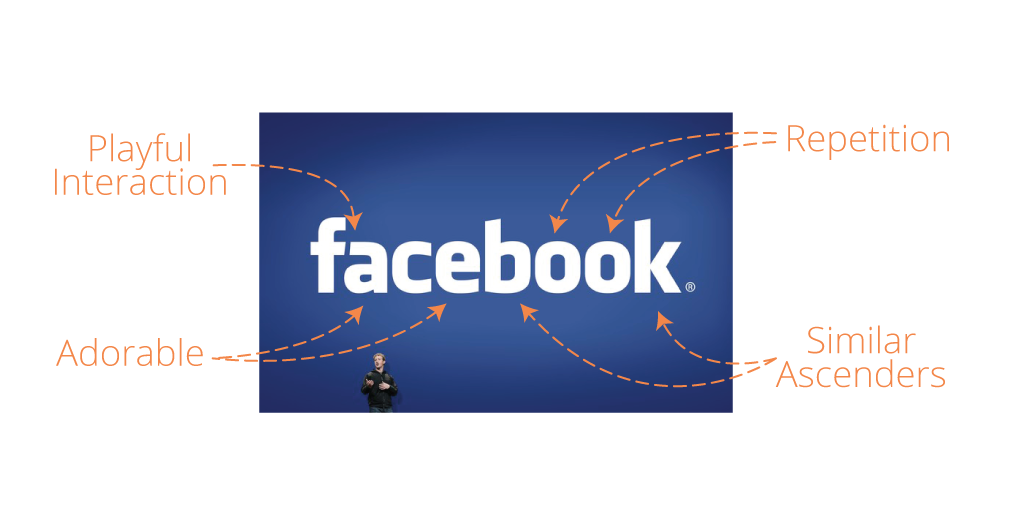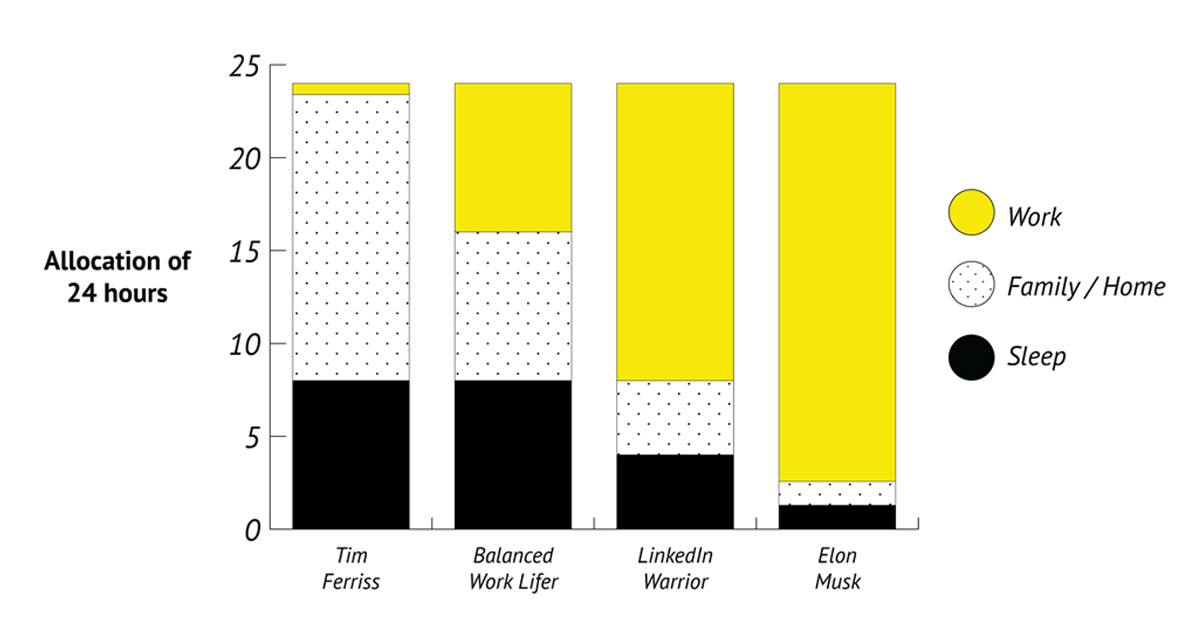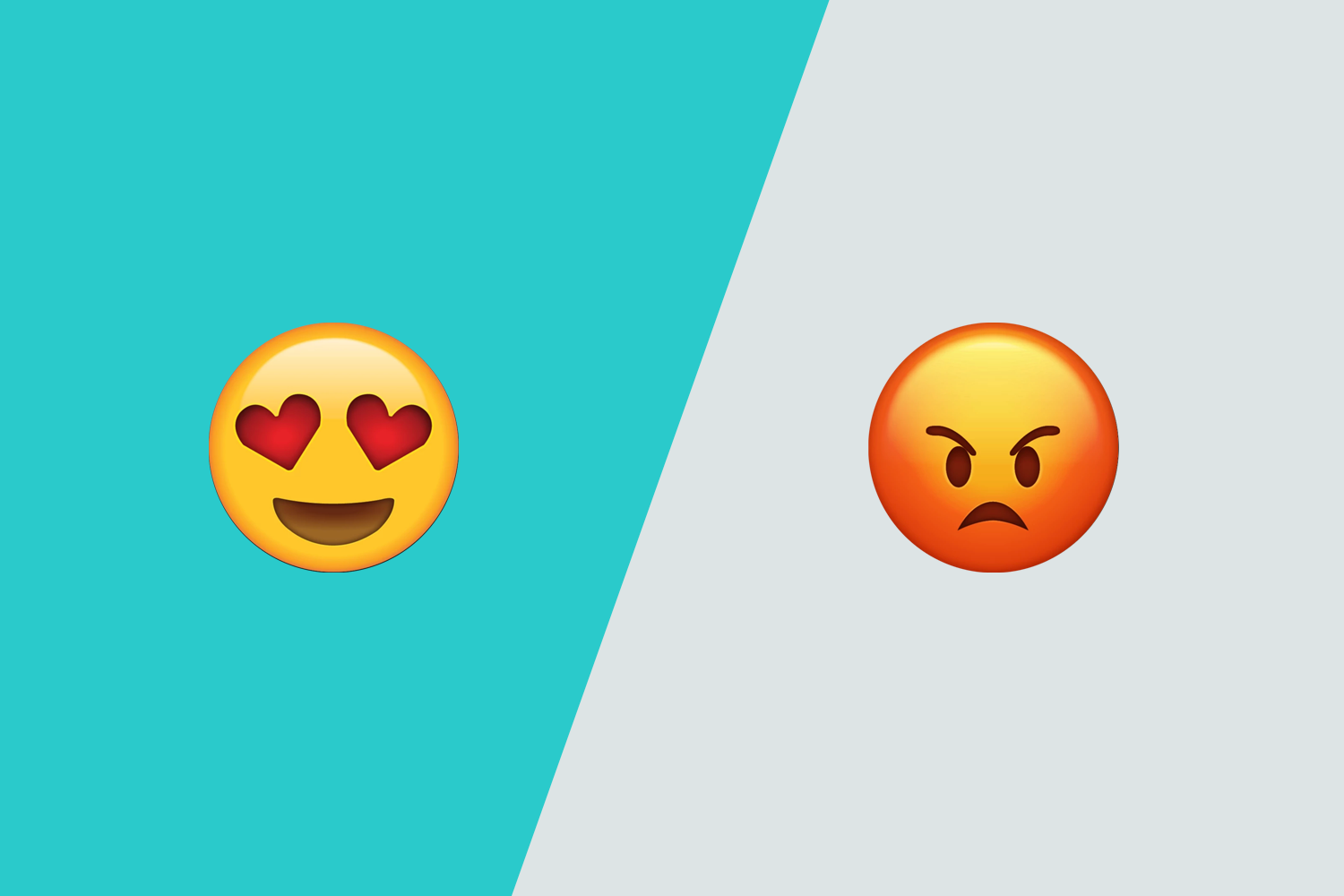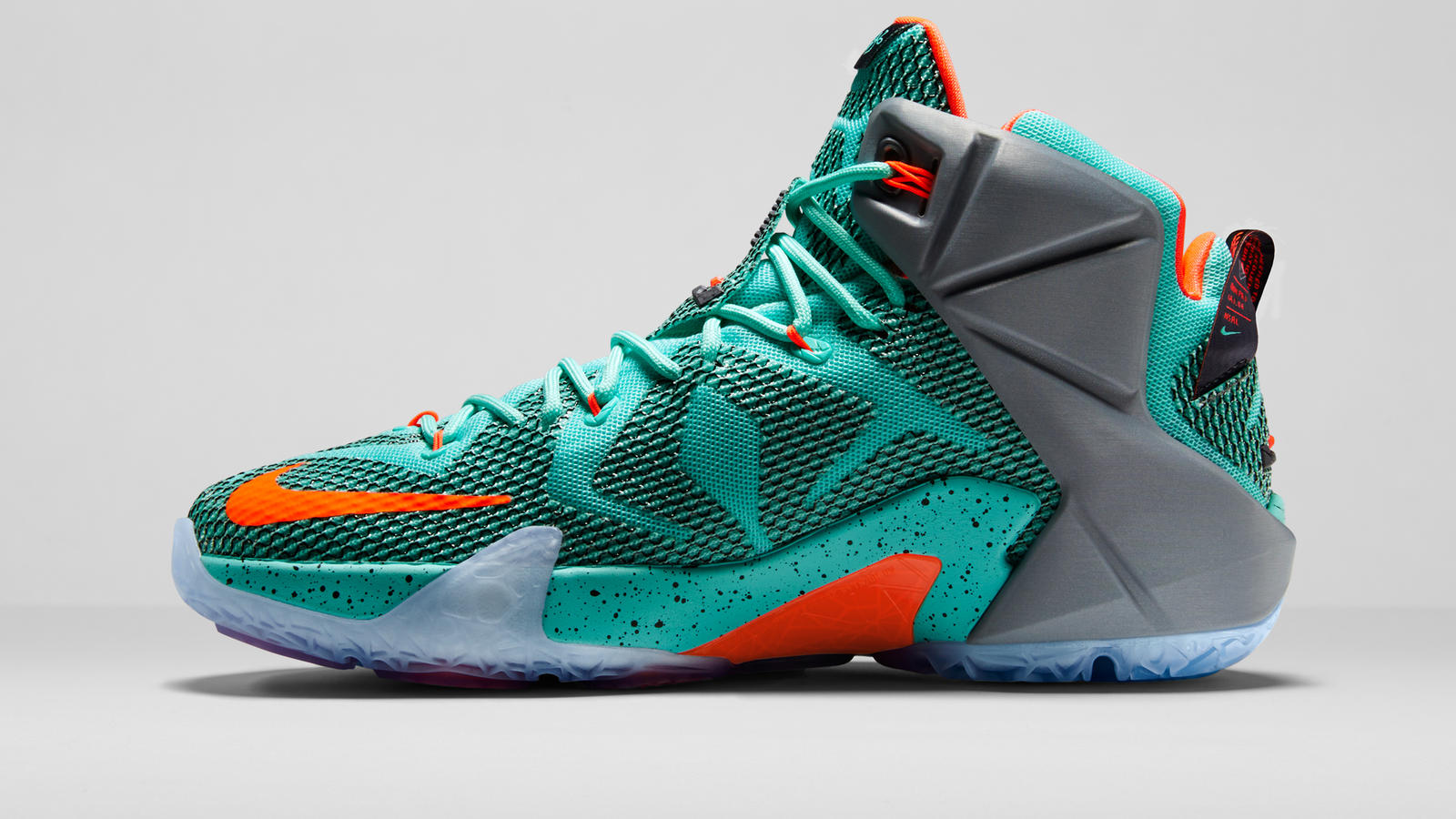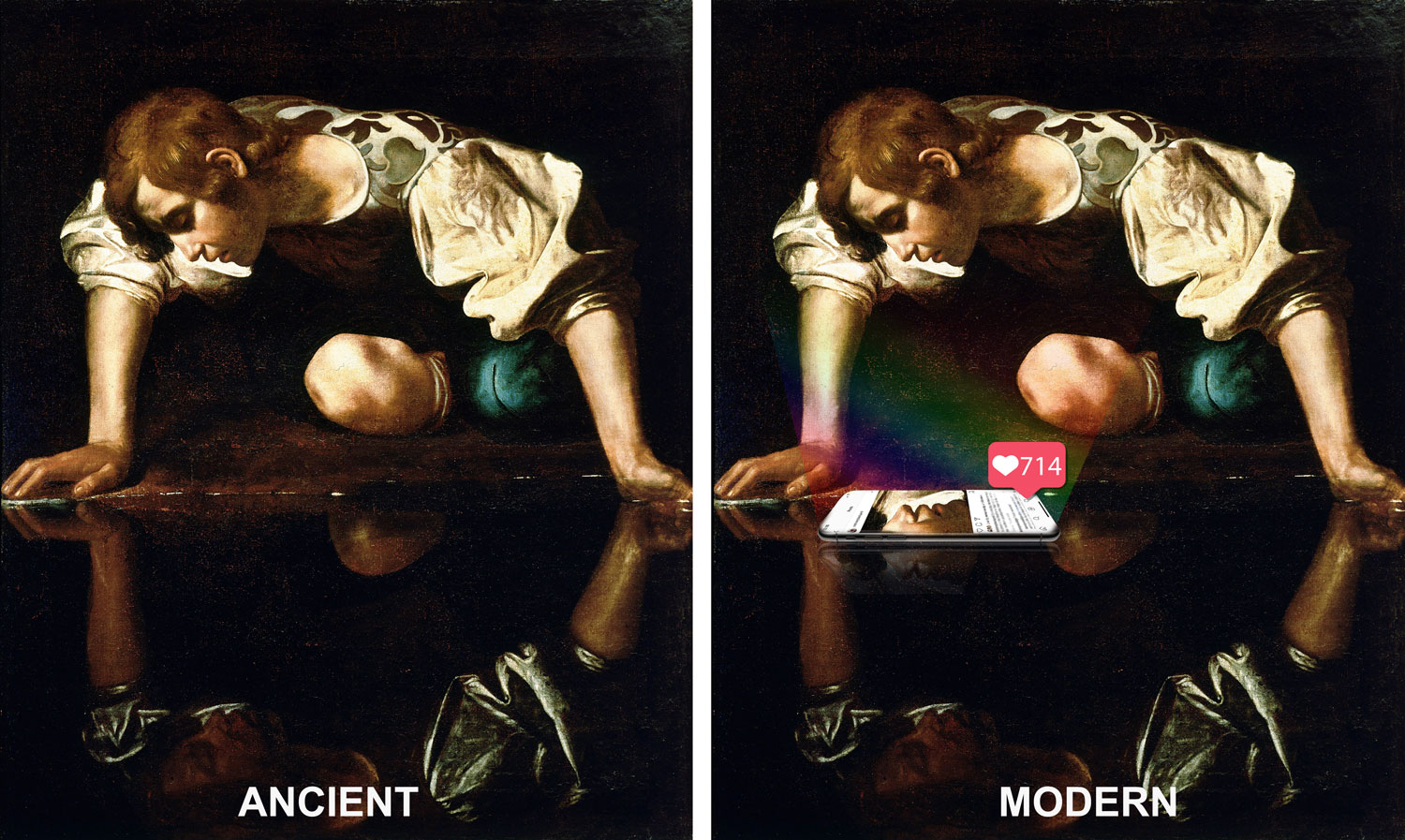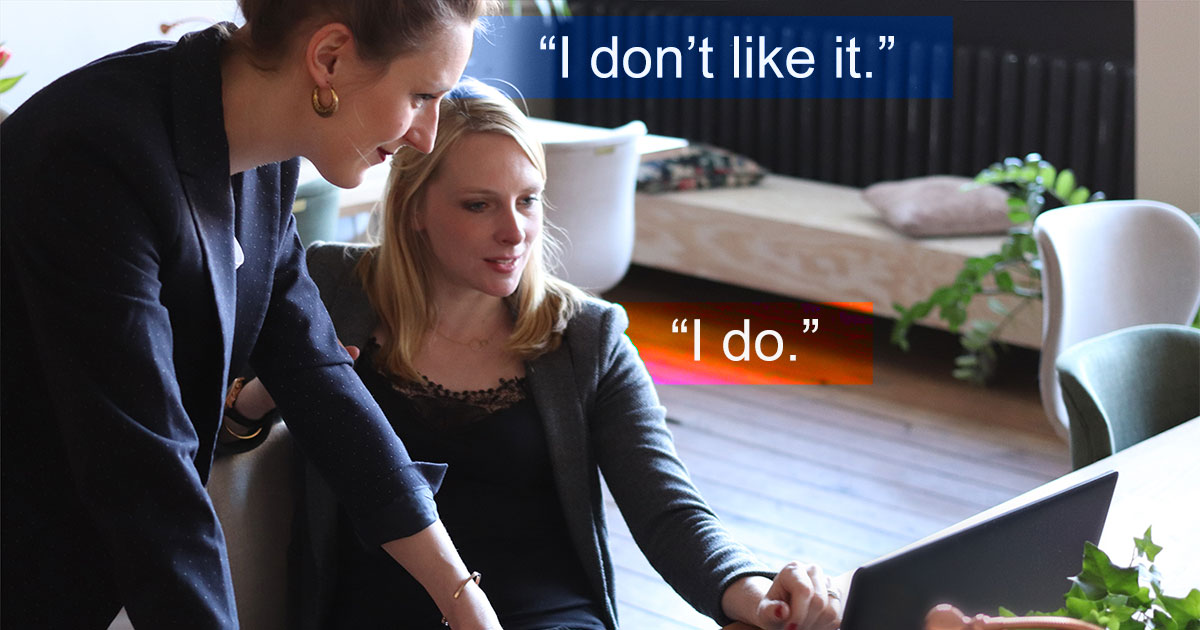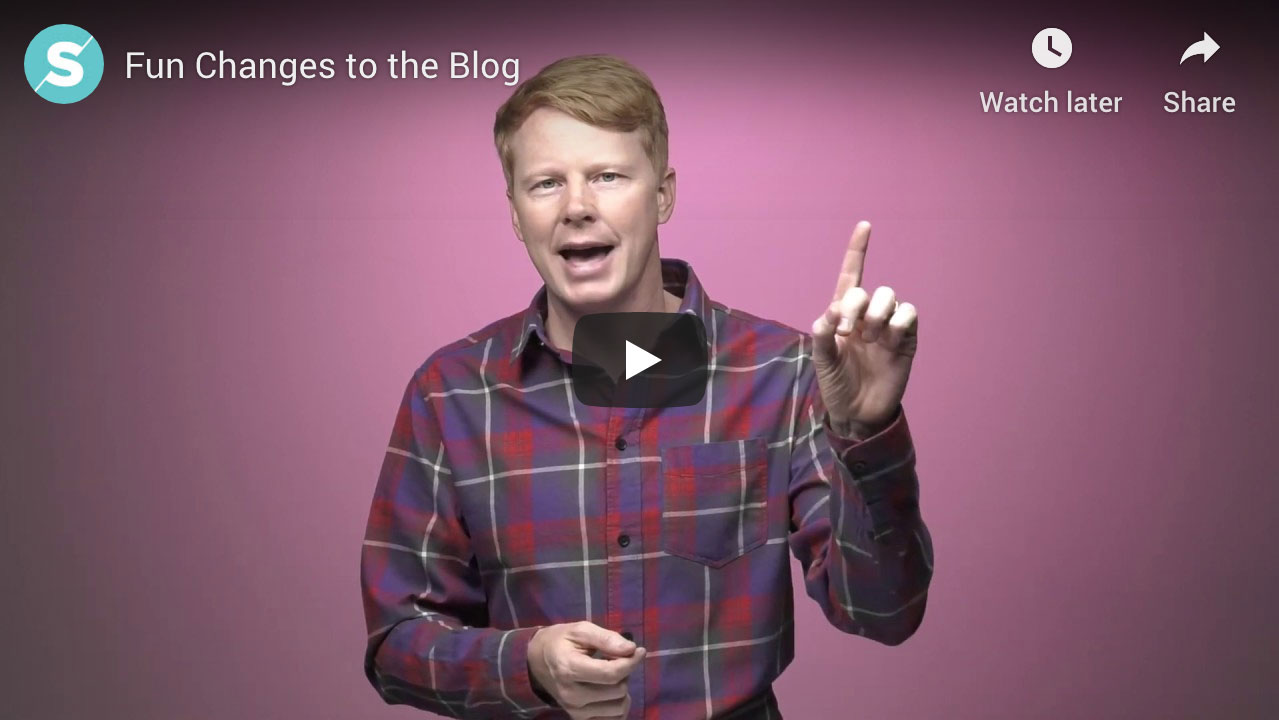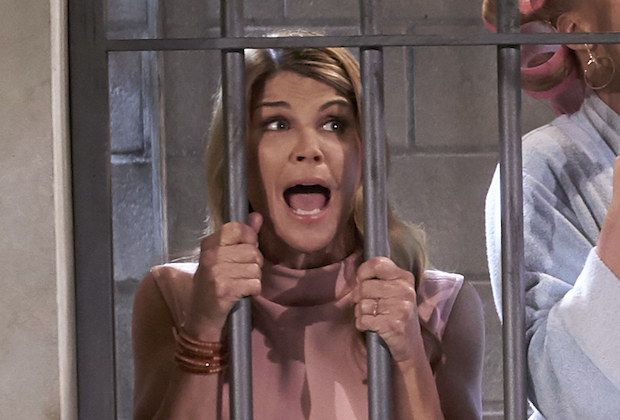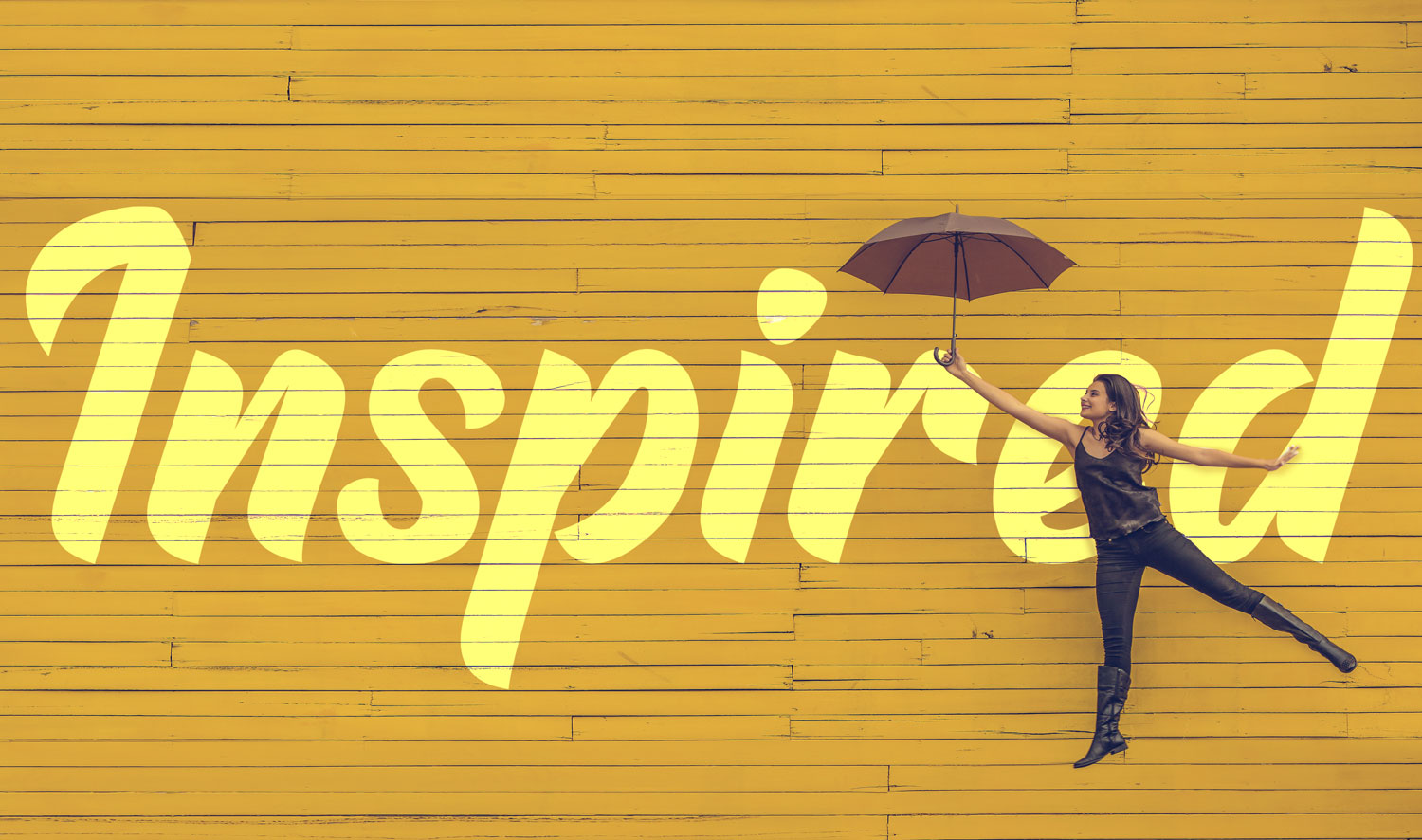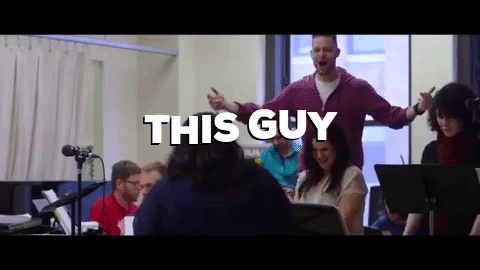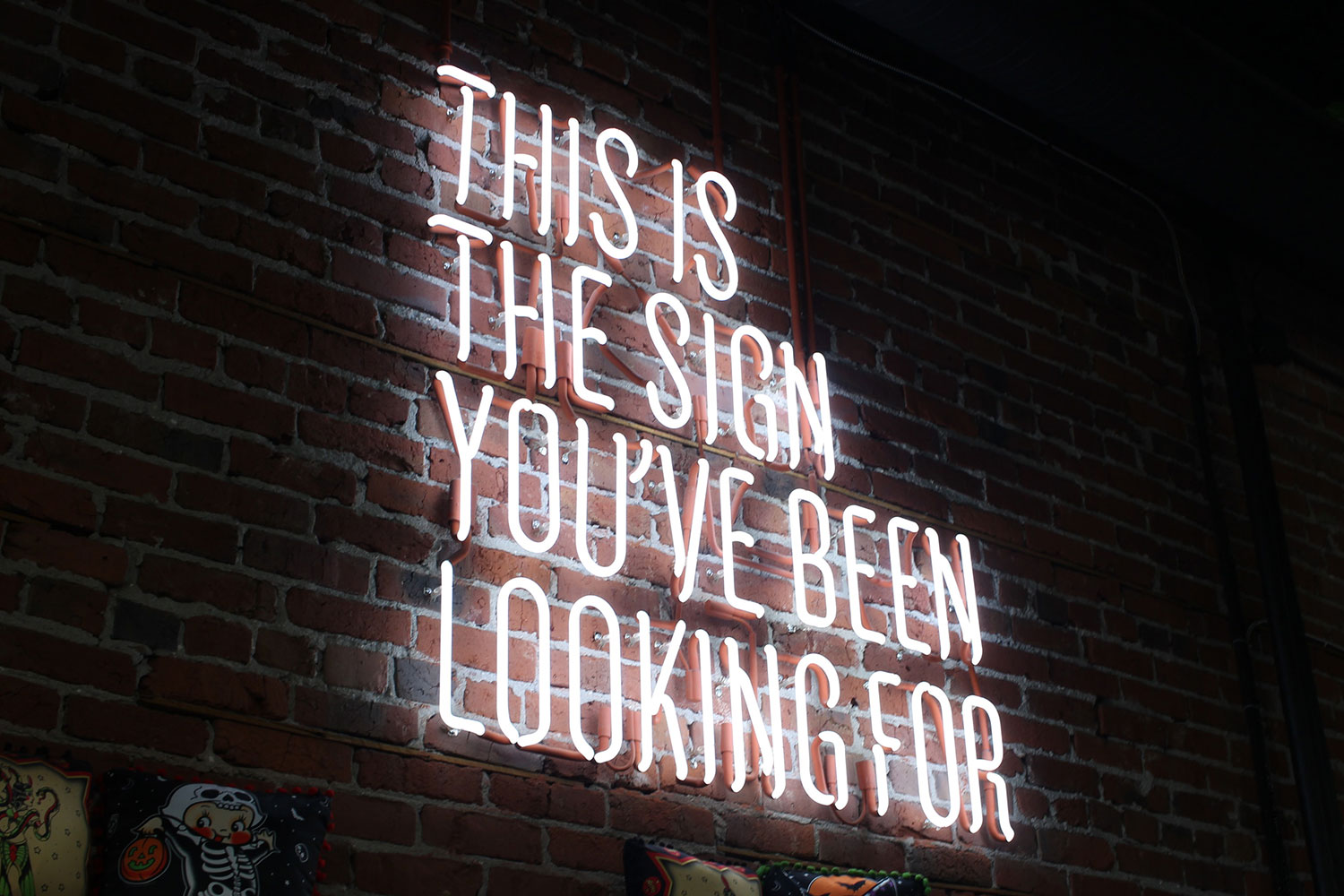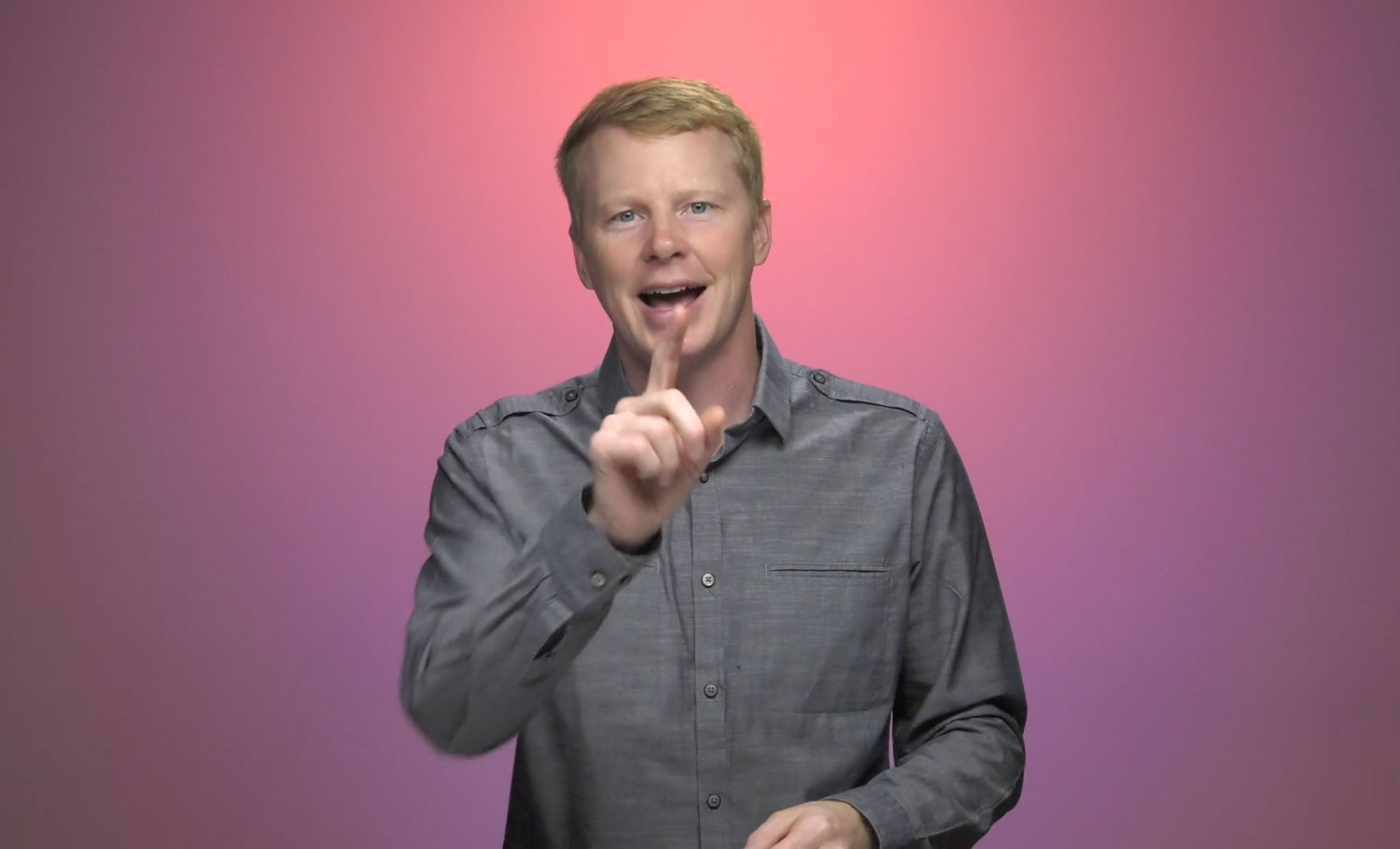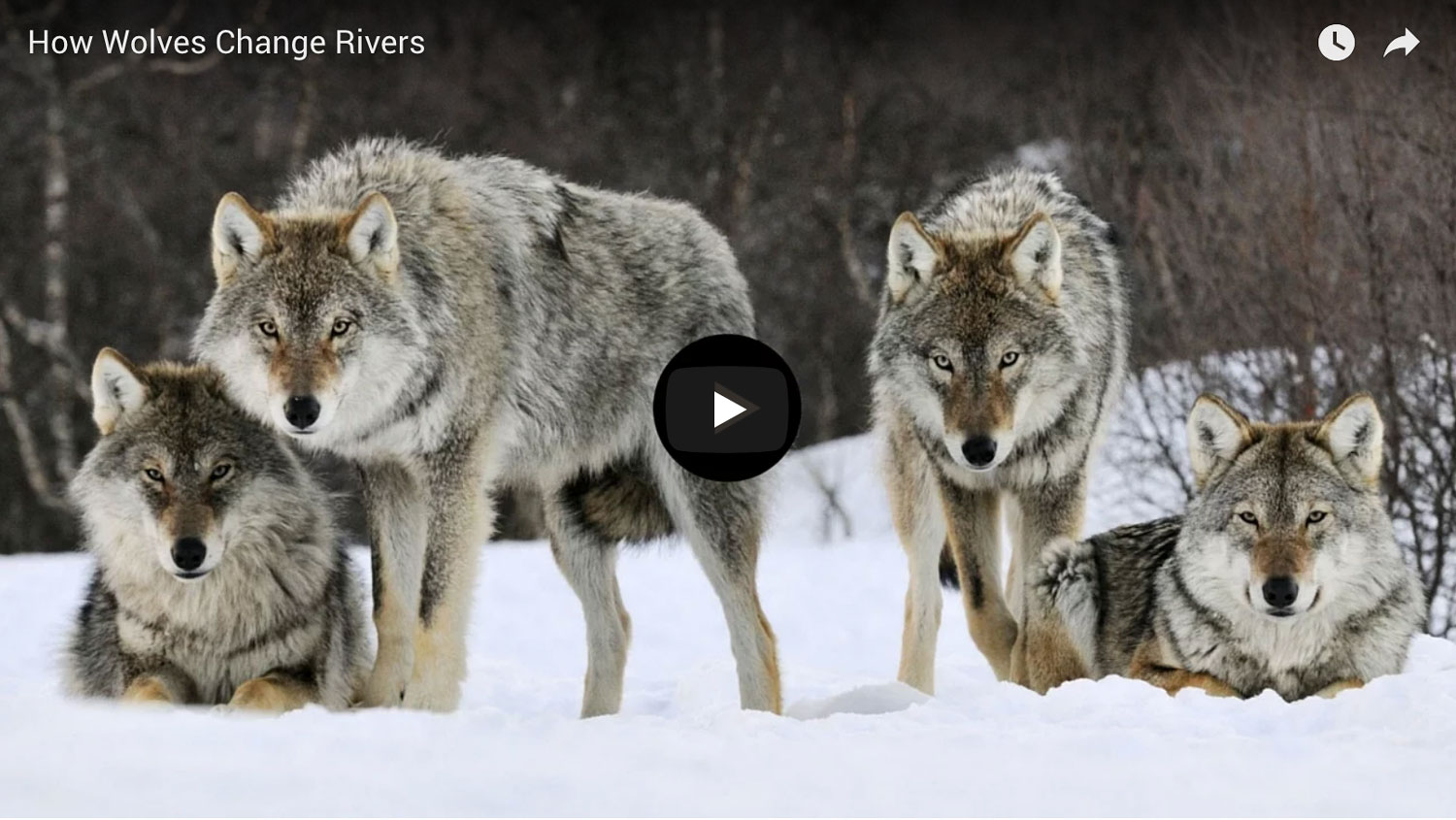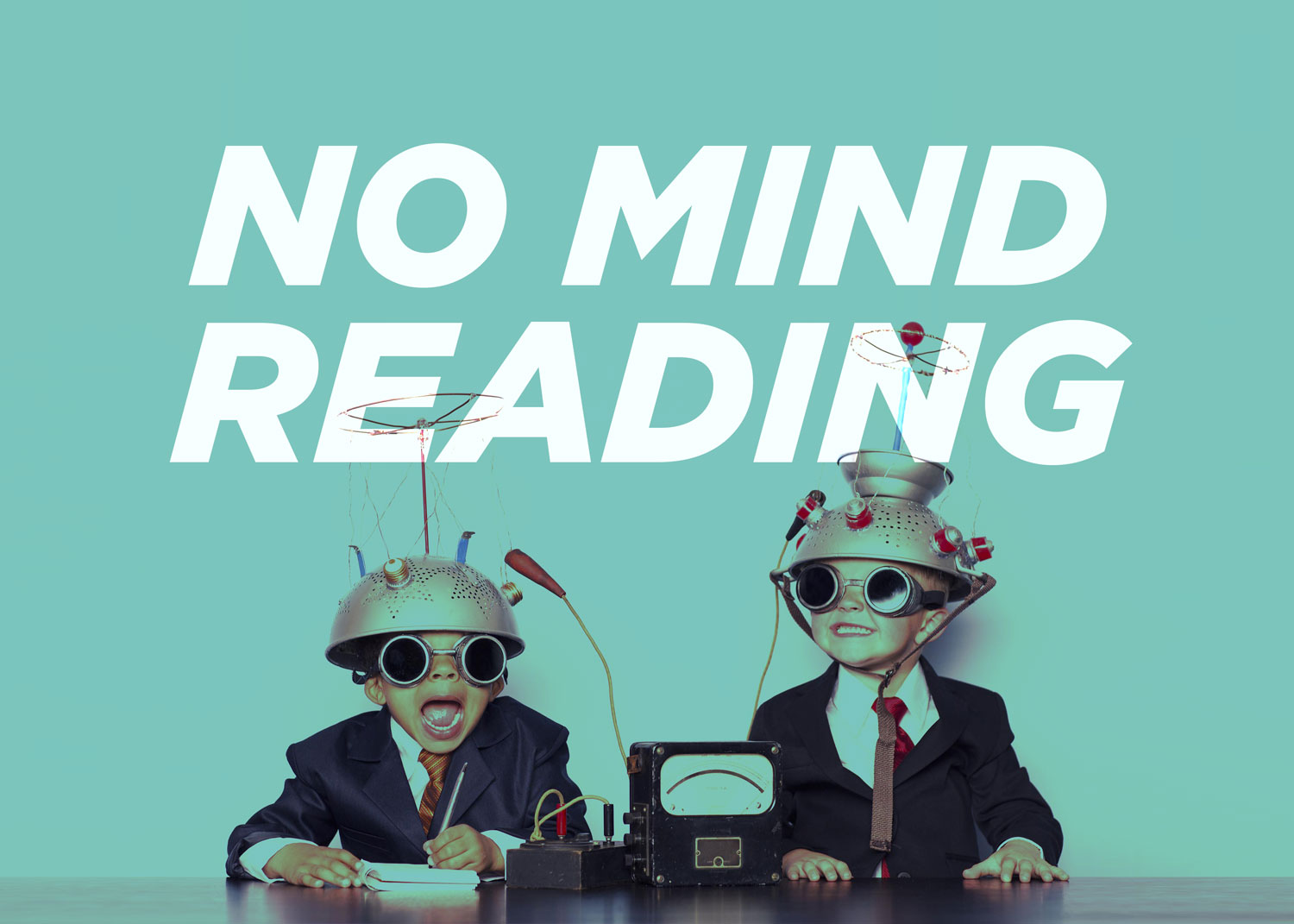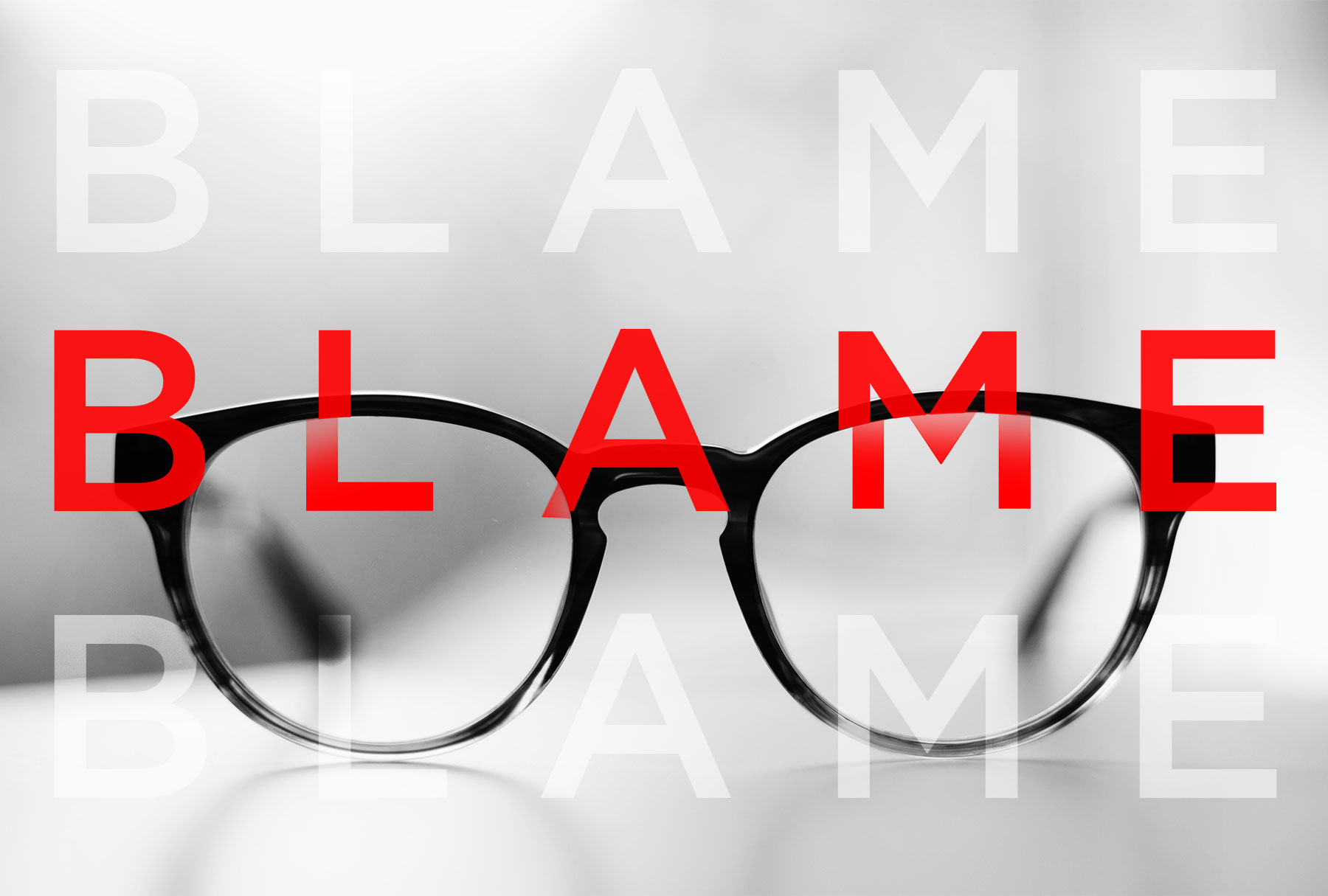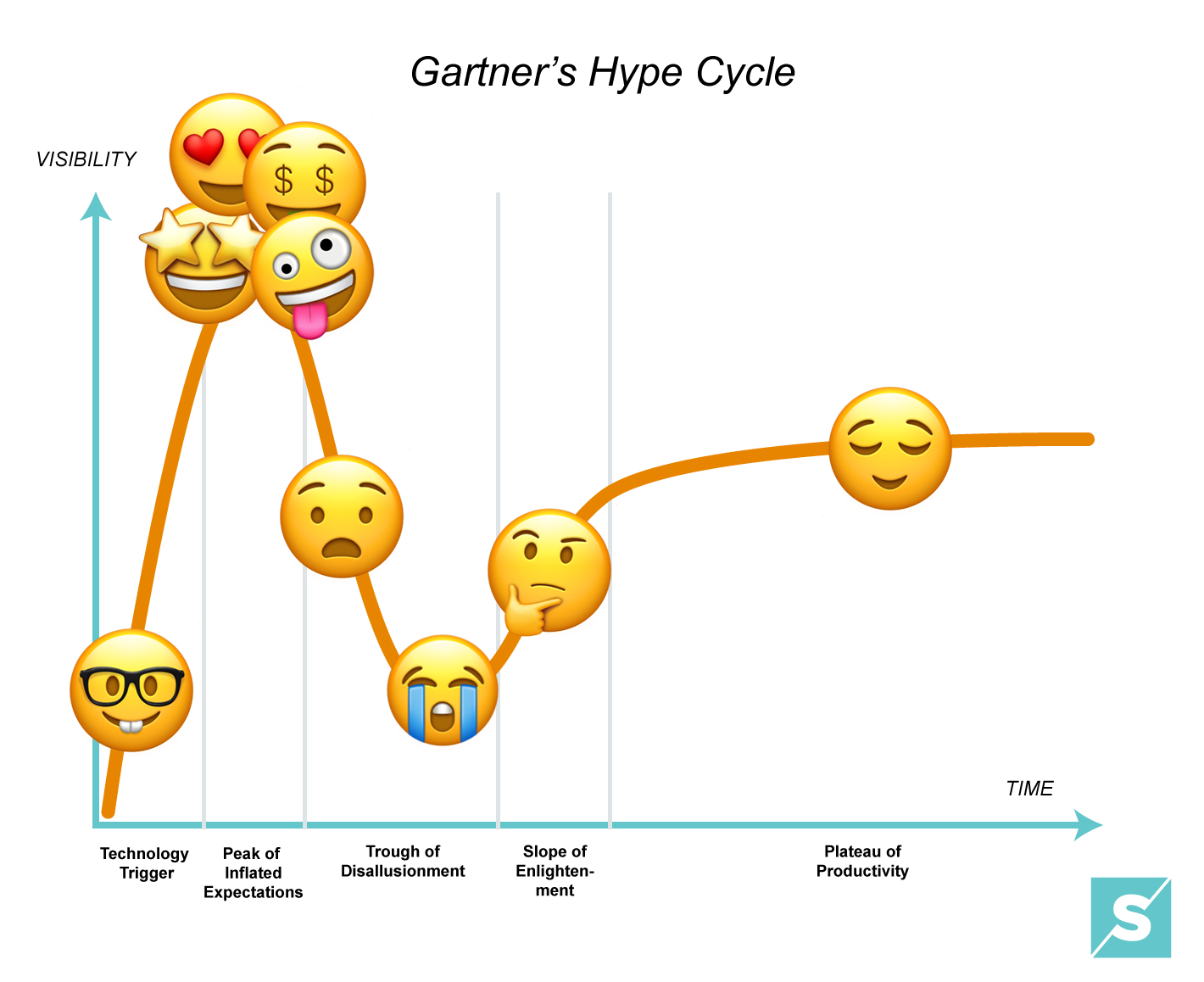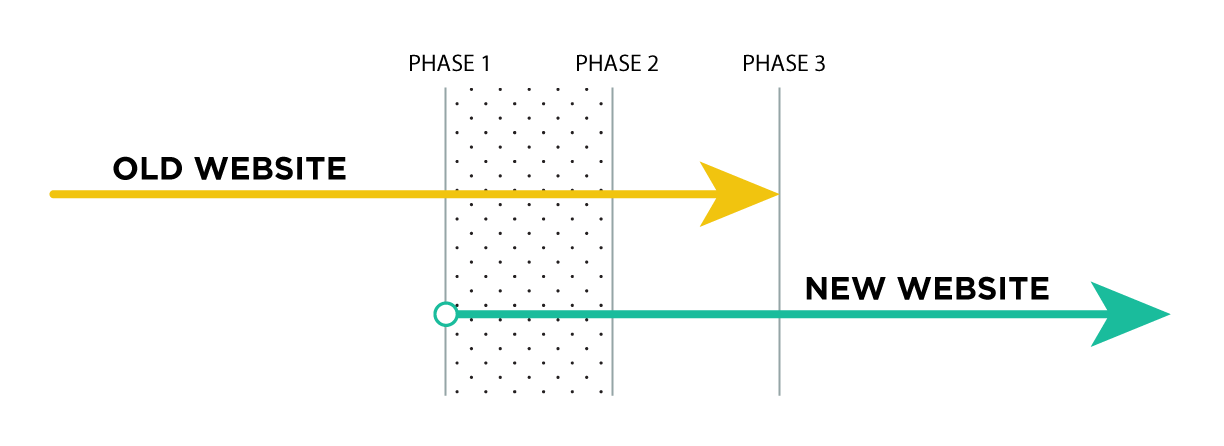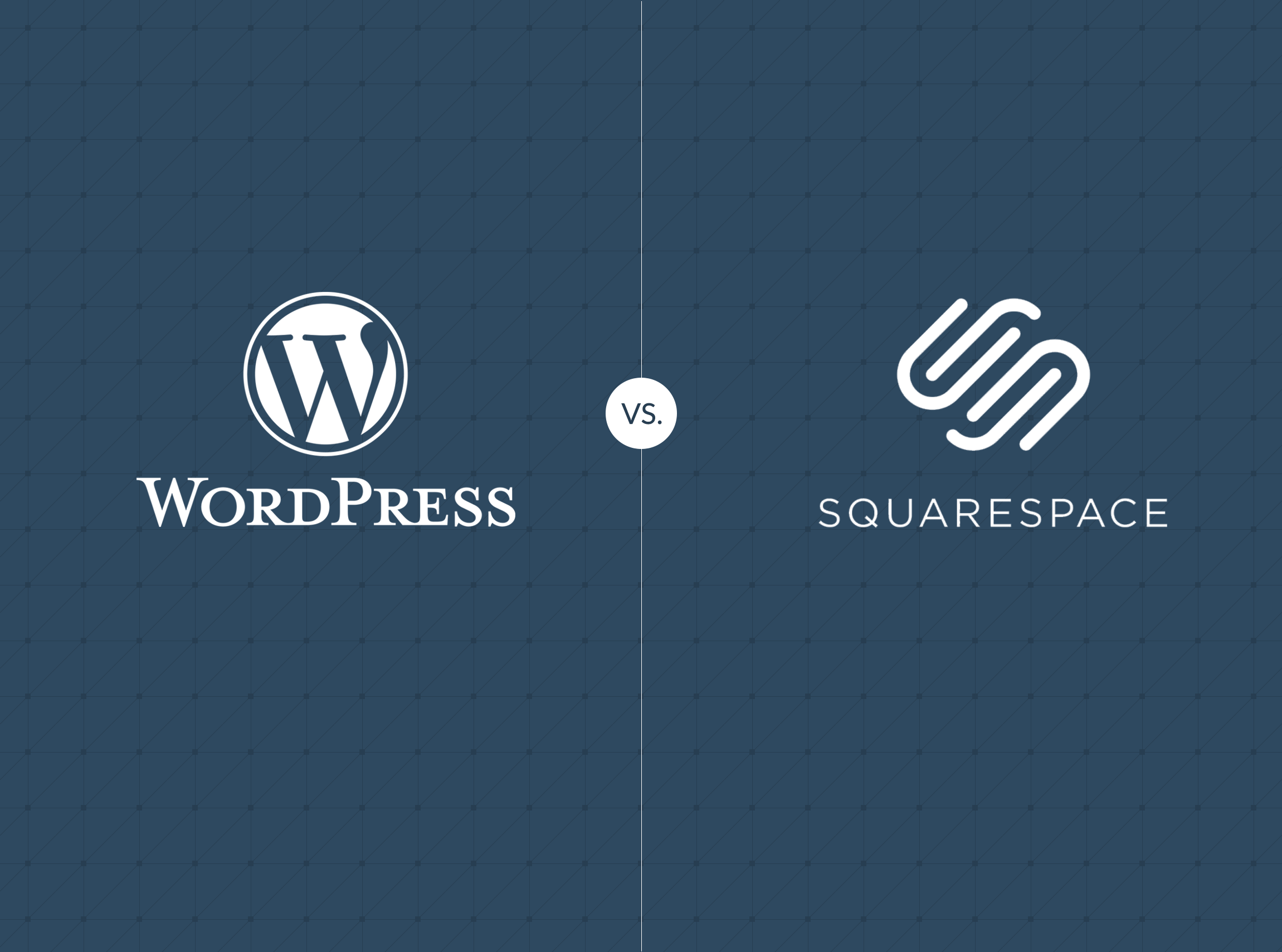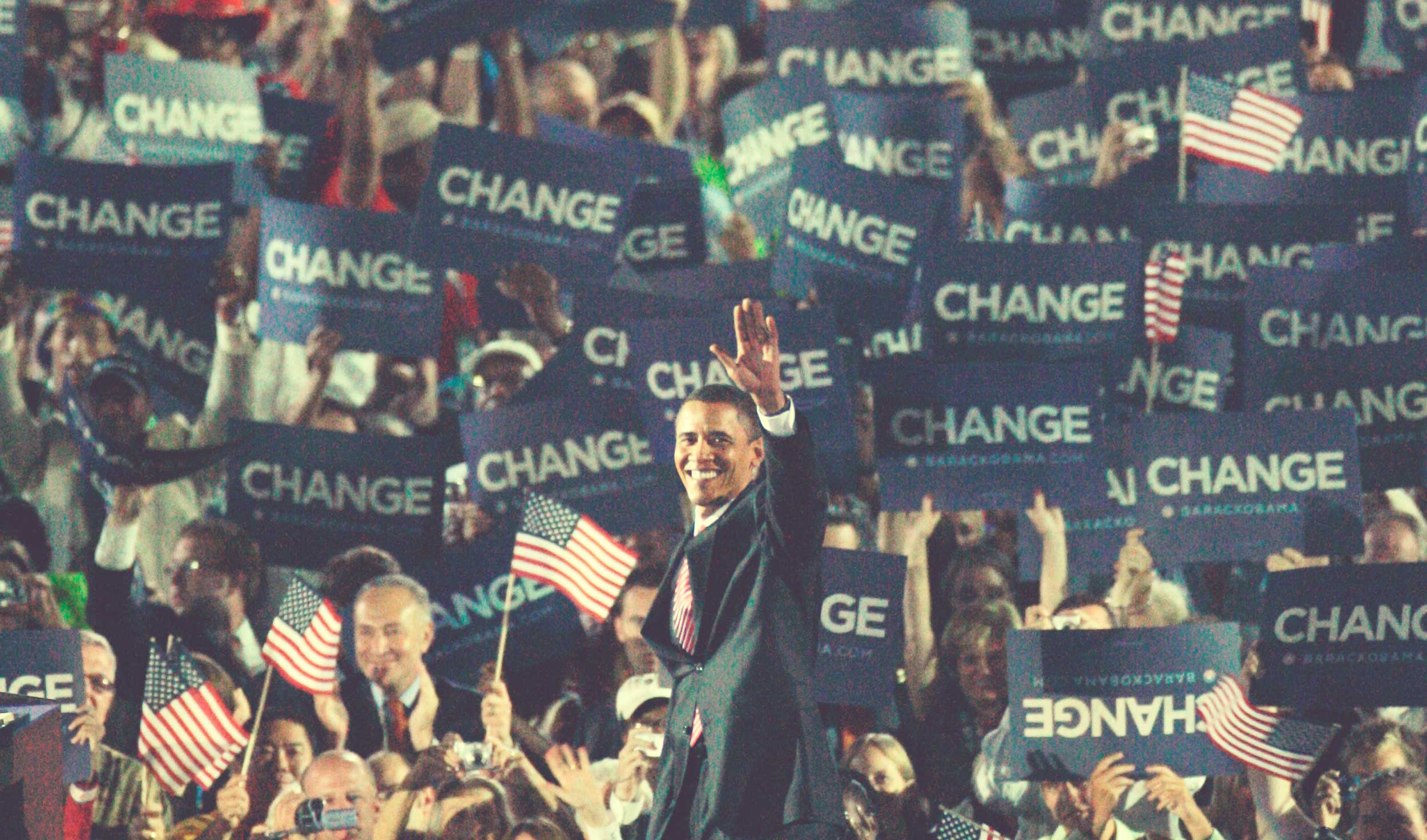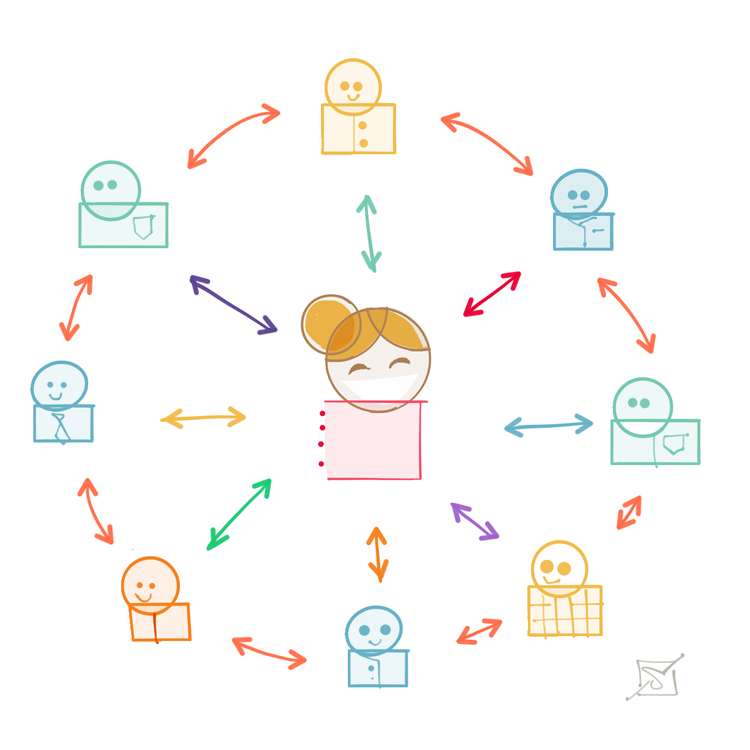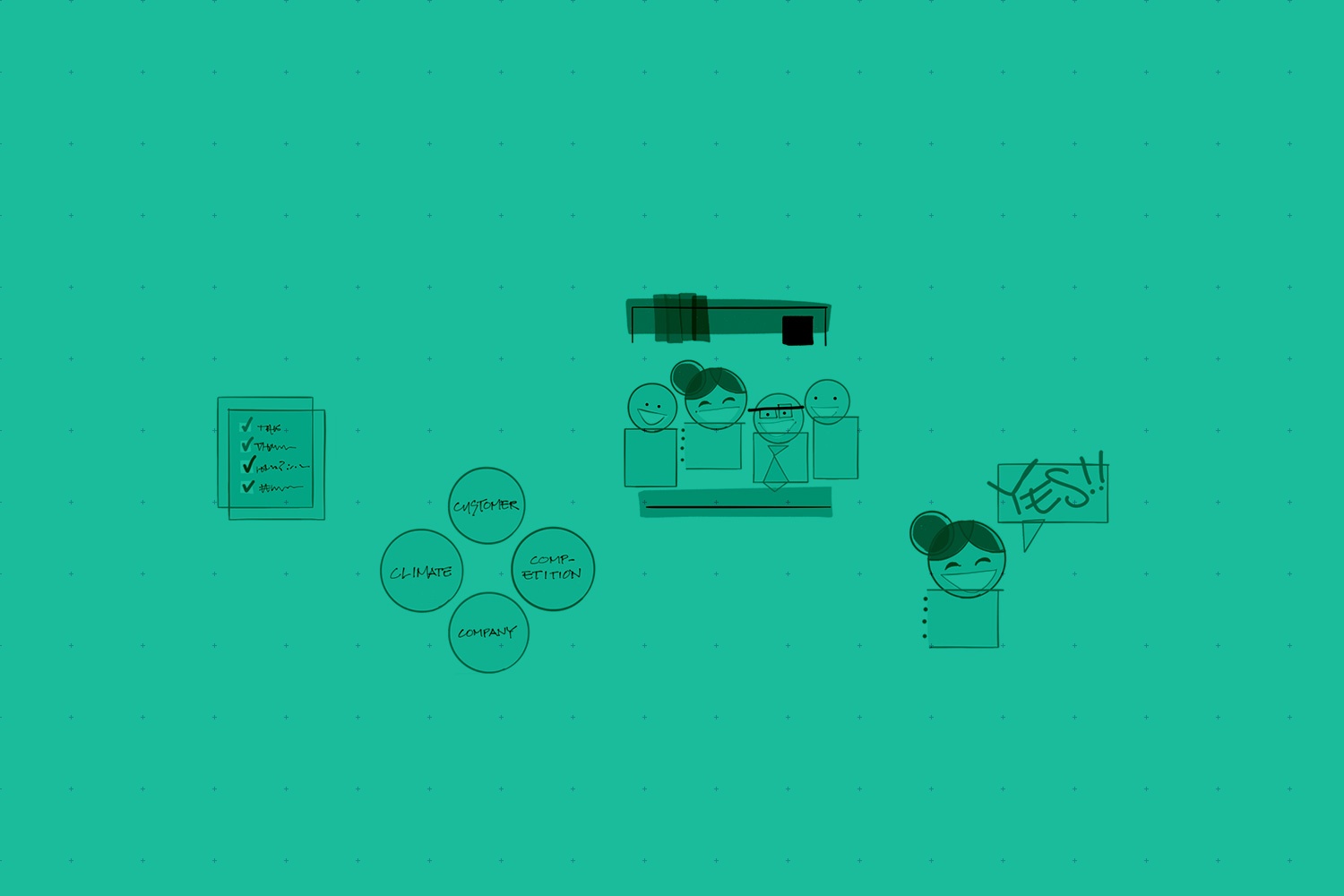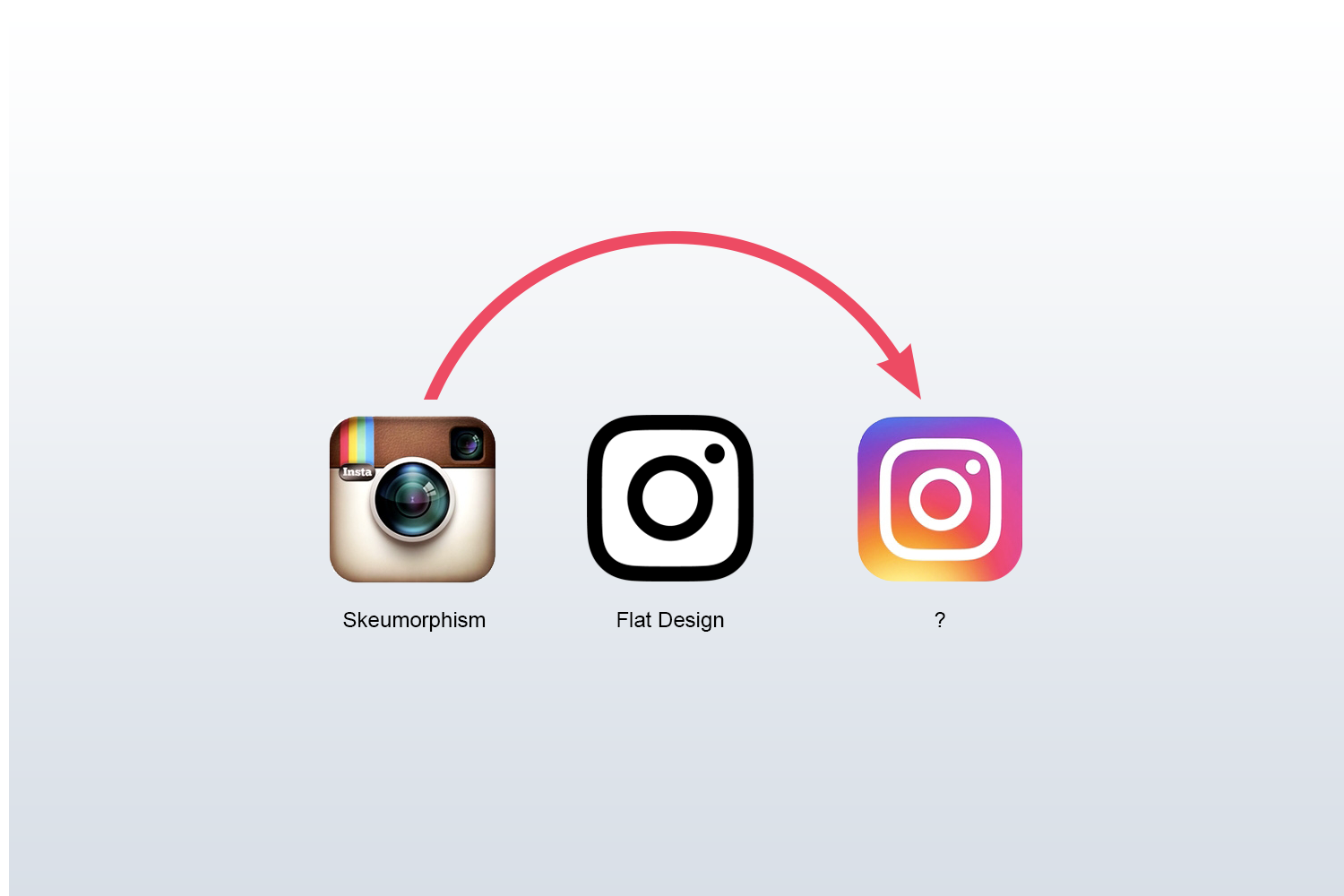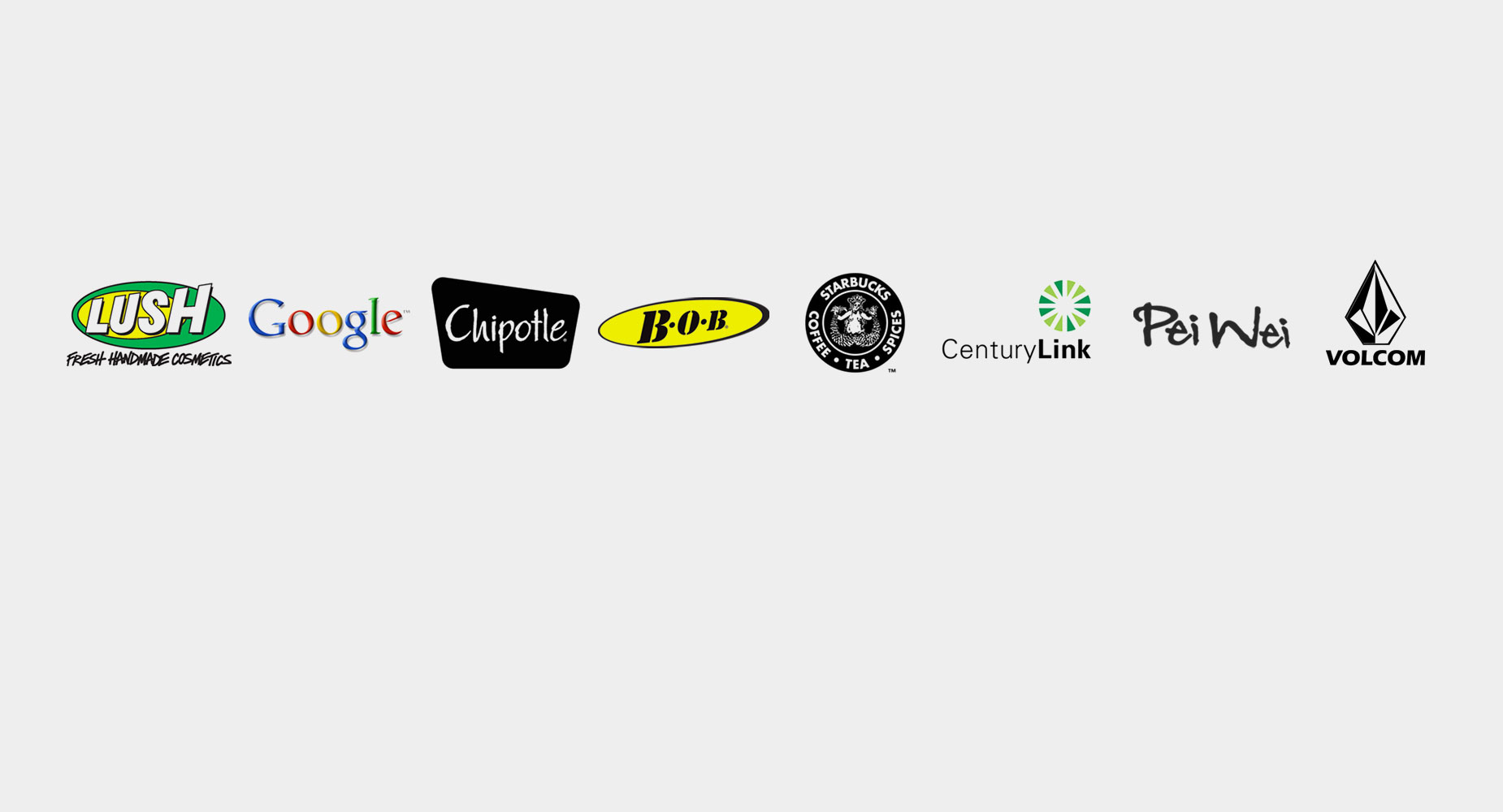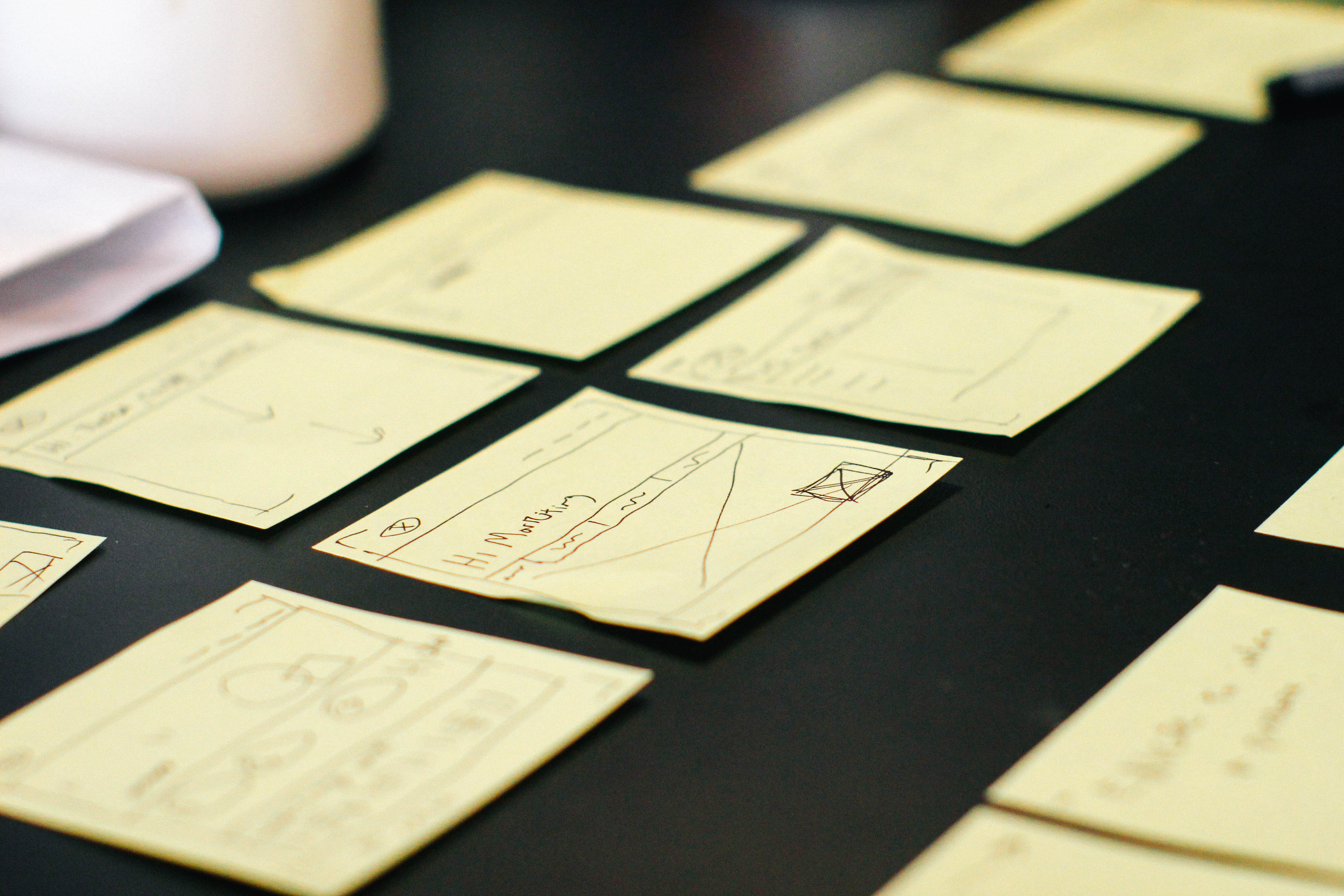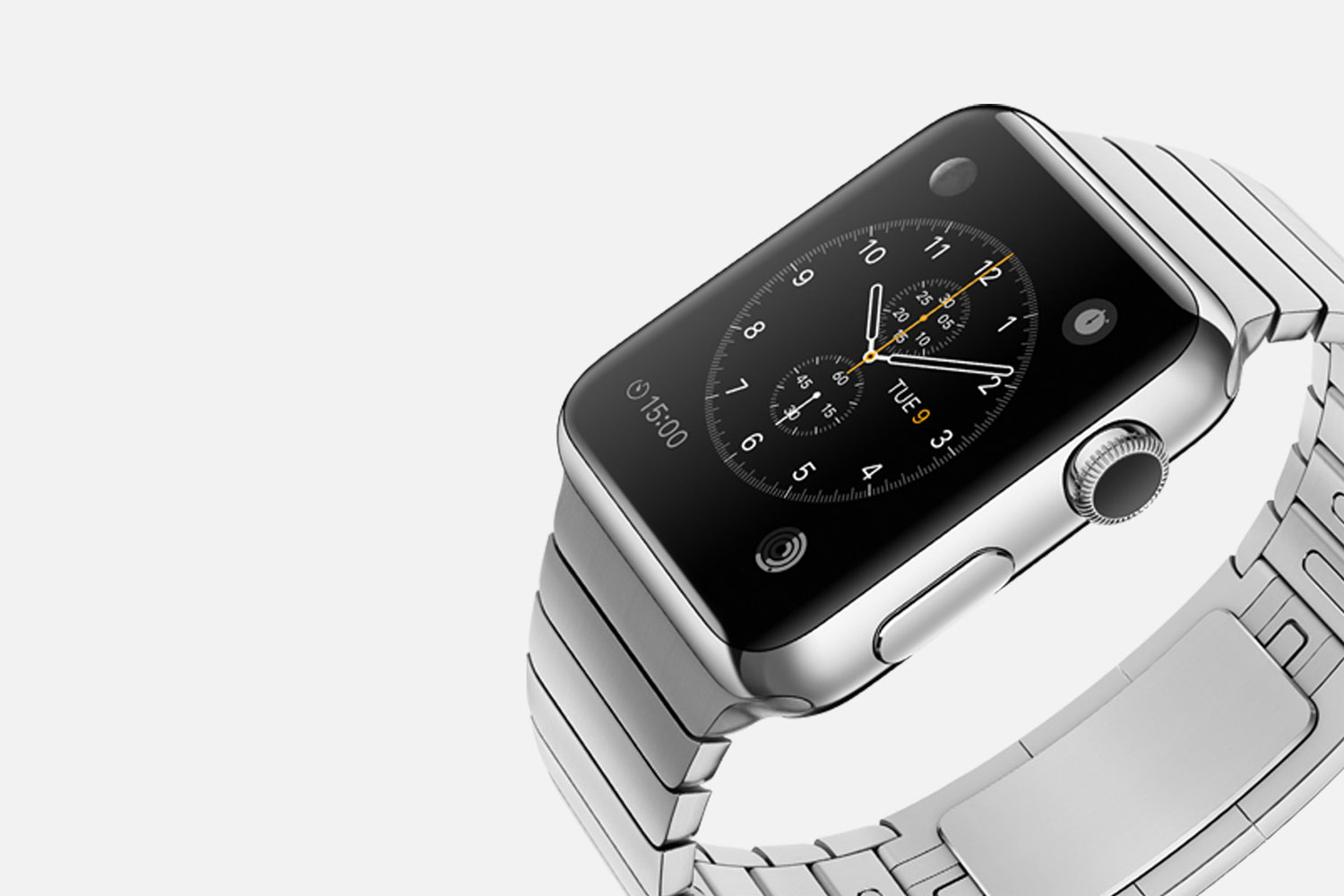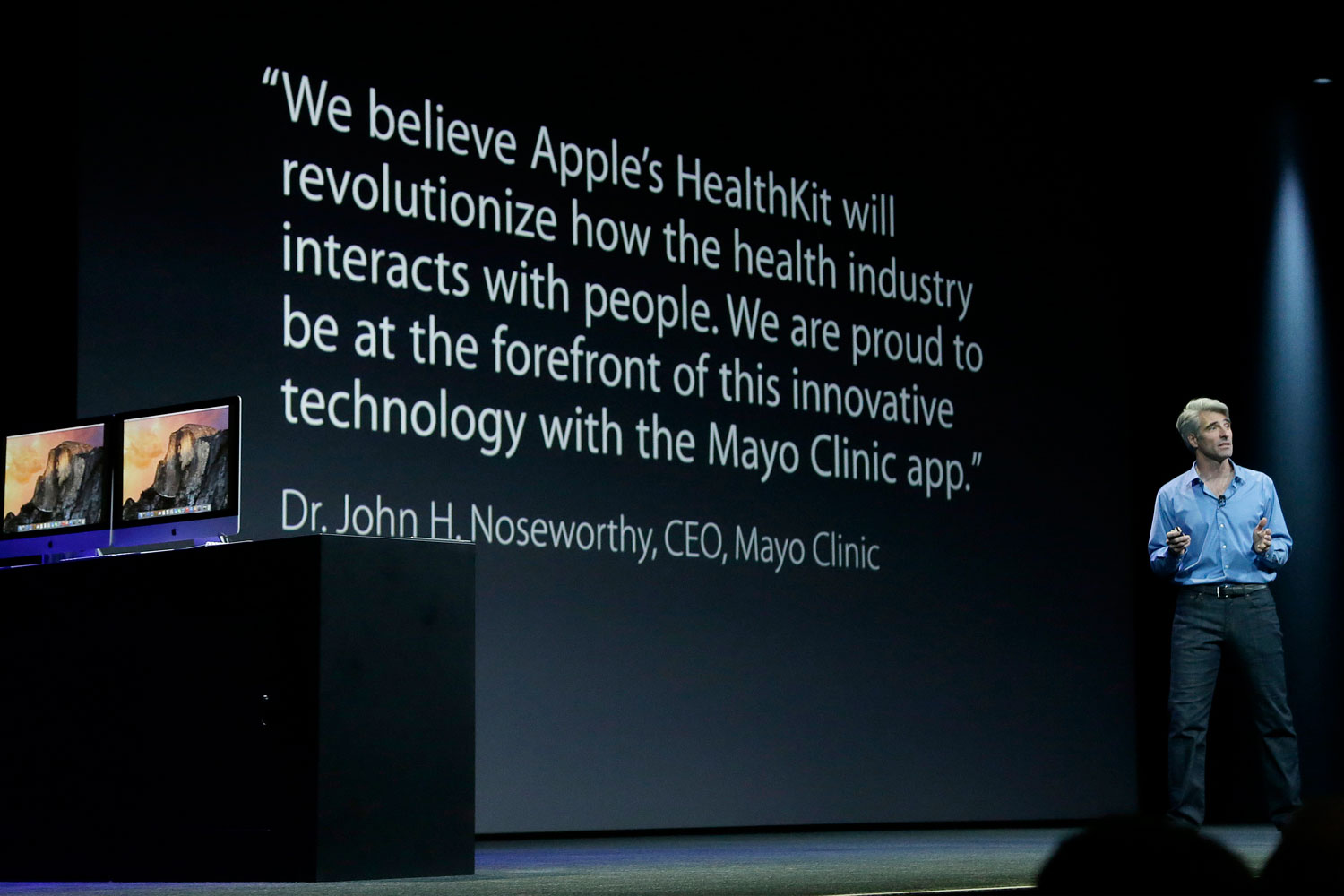So you are ready to dump the old website and get started on a new one? Starting a new company and eager to make a statement online?
There are a few ways to do get this started, and I want to talk through each of those options, and review what are the pros and cons for your company, and what each option says to the agency that you are trying to hire. The end goal, of course, is to pair your company with a talented, experienced, and very capable web design agency.
You have three processes to select an agency:
- Referral from a Friend (the blind date)
- Online Research (Facebook stalking)
- The RFP Process (The Bachelorette)
Each of these three options is similar to dating around with hopes of finding a spouse. Forgive me when I speak bluntly.
Option 1: Referral from a Friend / The Blind Date
This is a lot like asking friends and family to set you up on a blind date. Depending on who you talk to, going on a blind date is the most exciting thing you could ever do, or it is a complete waste of time. Of course, if you met your future spouse on a blind date, then you are a believer. Even if it took a couple of bad blind dates to get a good one.
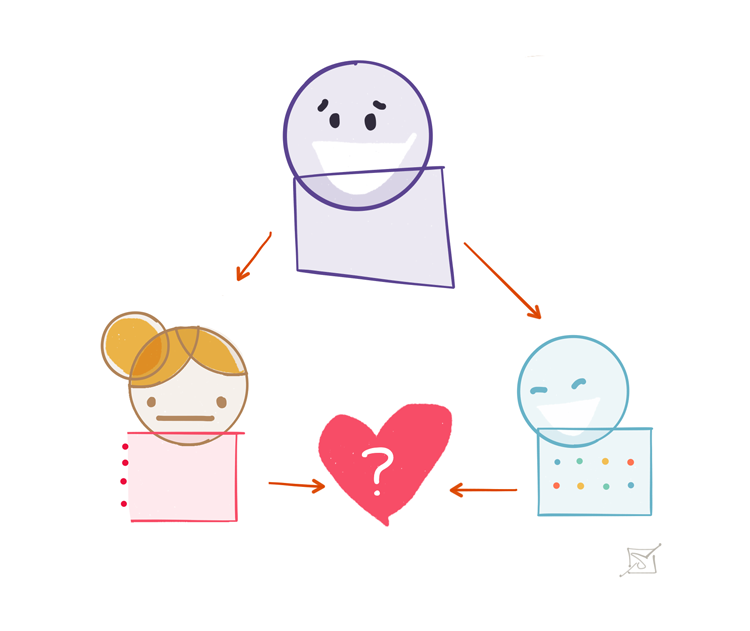
My wife’s parents, John and Rhonda, met one another on a blind date. Neither of them had ever been on a blind date before, but they took a risk and met for dinner. They’ve been married for over 30 years. Then there’s my very eligible friend who went on 5 blind dates before giving up altogether. Her explanation: “Clearly people don't know what I’m looking for in a guy.”
The same dynamics are in place when you are looking for an agency to redesign your website: You ask around your network and a few friends give you some names. You put together a short list of candidates, maybe 1 or 2. You contact those web design agencies and arrange for one-on-one meetings.
You pick the agency you like the best. You explain to them your problem and they come back to you with a proposal that includes the scope of the project (what’s included), the timeframe, and a service fee. You shake hands and get started.
The Good
- It’s efficient. You’ll spend less time than with Options 2 or Option 3.
- Accountability. Referrals are good because you can speak directly to someone who has worked with this agency.
The Bad
- Not all referrals are good referrals. It feels good to be someone who can make a recommendation. You feel powerful when you can be a connector. Sometimes your trusted friends will set you up on some very awkward blind dates with agencies.
- Limitations. What if everyone in your network has a totally different direction for their company websites? What if they have a “minivan-style website” and you need a “sports car-style website?” You have fewer options when you stay in network.
Works Best
- When you have a strong network.
- When you are a small business. Because everyone within your business is on the same page, you don’t need a drawn-out process where you try to figure out what you want out of a new website. You just need to find someone who can make the website for you.*
- When you are the owner/founder of a company. You have authority to choose an agency, and then direct your staff to support the project.*
*A more comprehensive plan like the RFP Process is really good to help get everyone in your building pointed in the same direction. We’ll talk more about this in a future blog.
What Web Design Agencies Think about Referrals:
Just like going on a real blind date, there’s already promise and excitement going into the first meeting. A common friend thinks that we should work together, so both parties are already partially convinced that there could be a good partnership between their company and our agency. For us at smithHOUSE, most referrals work out really well.
Option 2) Online Research / "Facebook Stalk" and then Introduce Yourself to Ms. Right
I met my wife before the era of social media and Tinder, so I don’t have first-hand experience on this. But from what I hear from the youngsters, dating today means that you do a lot of online research and social media due diligence to find who is eligible and worth your time. They call this "Facebook stalking."

Basically, you know everything about them before you finally meet them. Looking for the most capable web design agency is not much different.
- You look at the websites of leaders in your industry. What agencies made these websites?
- You look at cool websites from adjacent industries, what agencies made those websites?
- You visit agency websites. Who’s got it together? (i.e. swipe left, swipe right)
- You read their blogs.
- You click through portfolios.
- You check out what their leaders are like on Facebook, Twitter, and Linkedin. Could I work with these people? Why are they so stealth? Are they too cool for social media or not cool enough? Do they seem creepy, even just a little bit?
Once everything checks out, you finally click their “Contact Us” link.
Then things get serious. You swap some emails and phone calls with the agency. You have a video conference, and soon you’ll have a proposal in your inbox. You’ll work out the terms (what they’ll make, how long it will take to make, and what they’ll be paid.)
Then you’ll shake hands and get started. Boom!
The Good
- Expertise - Because you are widening your search beyond your network, you are able to bring in agencies who specialize in solving problems like yours. Maybe they focus on your specific industry. Maybe they specialize in the scope of a project, or with integrations with applications that you’re currently running. Sometimes to find the right agency, you have to introduce yourself to an agency that nobody else that you know has worked with. Again, this isn't much different than dating. Sometimes you just have to walk up and say: "I think that we should know each other."
The Bad
- Time - Takes more time than a referral from a trusted friend. You will spend more time in research, and you may have to contact a few before you find the right match. For example, some agencies may be too busy to take on new clients. Some agencies might be too expensive for your budget. Or maybe the agency is in transition and can’t provide the services that you need.
- Background Checks - You have to spend more time checking with their previous clients to see what it was like working with the agency.
Works Best
When referrals from your network are dull, this is a great option. You open up to a whole new level of agency. Things get really exciting very quickly.
What Agencies Think about Being stalked Discovered
Most of our clients find us through this selection process. We like it when people find us and think that we’re cool. Usually, the company picks us because they like our work because it shows them that we could solve their problems too. It's a good match!
Option 3) Website Redesign RFP / The Bachelorette
First, let me say that I wish this had a cooler name than "RFP" or "Request for Proposal," but it does not. Now let's move on.
I honestly don’t know if there is a parallel between the Request for Proposal Process and dating.
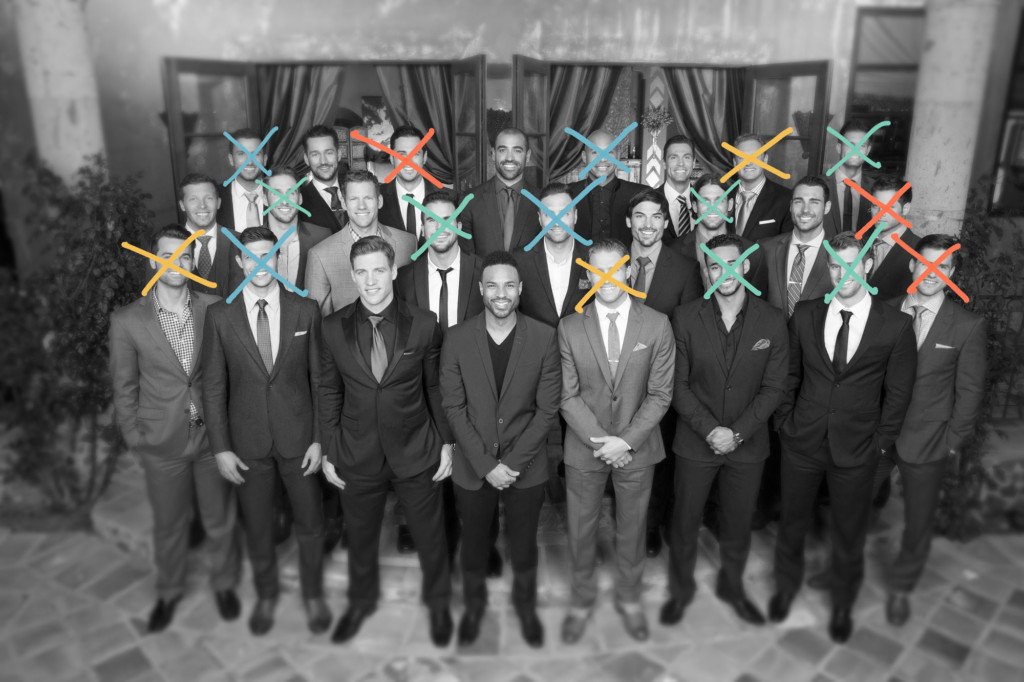
The closest thing that I can think of is The Bachelorette. It’s 10+ dudes competing for the love and affection of a single bachelorette within a TV show. She methodically assesses their qualities over the course of weeks and then picks a single husband from the suitors. One guy wins, everyone else loses.
The RFP Process has the same fundamentals in place as this TV show.
- You put down the scope of the project into a document called a “Request for Proposal” and then you send it out to several agencies that you want to court. (I'll share a template in my next blog).
- The agencies, if they are interested, will write you a proposal (another document).
- You stare at your inbox and hope that the suitors respond with exciting and creative proposals. In each proposal an agency describes how they would build your website, how much it will cost, and how long it will take.
- Maybe you host a few meetings. You meet for coffee. You're narrowing down the suiters.
- Then you, finally, pick your agency. One guy wins. You start the project. Everyone else loses and their feelings will be hurt.
(I'll describe the steps in the RFP Process in detail in a future blog.)
The Good
- It’s a comprehensive plan. If you've never redesigned a website before, it gives you a clear gameplan on how to do this.
- If you’ve been burned in the past with a bad web agency, this option will increase your chances of getting it done right.
- It’s deliberately slower in the beginning of the project, so there is time to pull your team together and define responsibilities. If there’s some disagreement within your organization, a good agency will navigate through these issues. (We do this all the time!)
- The longer process helps you get buy-in from people in your company. If there are a few skeptics at your company, the RFP process lets everyone get involved and give their opinion.
- If your problems are complex and confusing, it’s very helpful to read through several proposals from good web design agencies. It will help you compare and contrast proposed solutions.
The Bad
- It takes more time.
- It will cost you more money. Expect to spend 25% more money than hiring an agency than with Option 1 or Option 2 above. Agencies will need to recoup the cost of creating the proposal, attending meetings, replying to emails, etc.
- You will attract some underwhelming proposals. Boring stuff from boring people. Reading the proposals will make you hate your job
- Again: A lot of cool, talented agencies will ignore your RFP. (More on this in a later blog)
Works Best:
Larger organizations (100+ staffers, several high level leaders) with complicated problems. You have time and money to get the job done right.
What Agencies think of the RFP Process
The RFP Process is a controversial subject for web design agencies, and for good reasons:
- Winners and Losers - Most agencies know that when they get an RFP in their inbox, it’s also going out to 5-10 other agencies. So before they even open up the attachment, they know that have a very little chance of winning. So why waste the 20 hours it takes to put together a proposal and attend 3 random meetings? You could be a talented, accomplished agency and still never get the job.
- Commitment - It’s not uncommon for a company to become fatigued after writing the RFP, scheduling meetings, reviewing proposals, and getting feedback from their stakeholders. Selecting an agency can be controversial and people get emotional. Just choosing an agency can take 2-4 months, and a lot can happen in those companies during those times. The staff changes, new projects pop in, and the market shifts. That big dream of a new website gets pushed to next year.
The other problem with the RFP process is that most companies kill the relationship before it ever begins:
- Boring RFPs - A lot of boring projects from boring companies love the RFP process. It keeps them busy. There’s room to CYA (cover your ass). So it’s kind of expected that if you get an RFP in your inbox, you stereotype the company as a “boring client.”
- Ridiculous Expectations - Your company looks lame, your expectations are high, and your budget is low. No smart design agency would even respond.
- Arbitrary Restrictions - Another stereotype is that companies who write RFPs have arbitrary restrictions of how you can solve their problem. For example, they only want you to use .ASP and not .PHP to code their new website. Or they want you to use their archaic Content Management System because they’ve heard “bad things” about Wordpress.
In a future blog, I will show you how to write an RFP that is enticing to the most talented web design agencies.
Summary
So which selection process is the best fit for your company? We’ve been hired through all three selection processes. There is nothing more virtuous about one process than over the other.
I do, however, find myself disagreeing with a lot of my contemporaries regarding the RFP process. Every agency likes referrals. Every agency likes being stalked discovered. And most agencies belittle the RFP process.
But I believe that there is a lot of value in the RFP process because it requires that companies "get their act together" before they start the website. They have to put the new website into a larger communications strategy. They have to take an honest look at their customers, their competitors, and the climate of their industry. They have to align their people towards a common goal, and this isn't always easy.
Certainly, the RFP Process is not for everyone, but there are organizations who can use the website redesign process to gain momentum. I'll talk about this in future blogs!
